|
One way to think about creating your garden is to compare it to a musical. The bones give it the beat or rhythm that you can tap your foot to throughout the seasons. You're familiar with the phrase, "This house has good bones." Like a home, a garden must also have "bones" that provide structure through all four seasons. Fall and winter are the best time for the gardener to assess and reevaluate gardens and landscapes. Would adding some boulders or a stone bench balance your front garden in the months when flowers aren't blooming? Do you have enough shrubs and trees to serve as the bones of your garden through all seasons? If not, fall is the perfect time to plant them so their roots can spread and establish. Does your garden contain plants that stand out in the fall? Does your large perennial bed contain a balanced variety of bloom color, height, texture, and shape? Have you transplanted flowers which are hidden, or were planted in the wrong spot? These are a small sample of the questions we should ask ourselves this time of year. Each landscape is dynamic, ever changing, and transforming. Plants and bulbs will multiply. Shrubs and trees sometimes exceed our growth expectations in a few seasons. Reevaluation in the fall is the way the most successful gardeners keep tabs on their outdoor spaces. So walk around outside, take photos, and make notes in your garden journal. Set yourself electronic reminders for when to tackle these tasks. Why are the bones of the garden important? They provide structure, dimension, and foundation for the rest of the plantings on your property. Bones offer winter interest and can be living like a hedge or inanimate like an arbor, fence or gate. Bones are the first design element to consider when updating or starting from scratch. 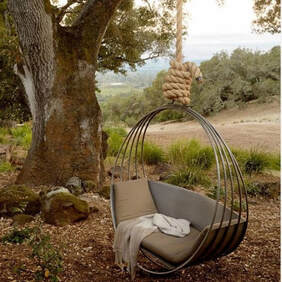 For those who live in climates with all four seasons, it is worth considering what your garden looks like when deciduous plants have lost their leaves. It is best to evaluate the bones of your garden when all the flowers have faded and plants have dropped their autumn leaves. Views from within the house and those seen by the public are especially important. Southern gardeners also benefit from starting with a strong backdrop to support the continuous seasons of flowers and greenery. Bones of a garden include structure, rhythm and winter interest. They serve as the backdrop for the landscape. Without good bones, a garden looks like a sloppy, hodgepodge collection; the result is unpleasant on the eyes. Even perennial and casual country gardens have bones. Purposefully including garden structure gives the gardener the luxury to splurge purchase a favorite plant without creating a mismatched landscape. One way to think about creating your garden is to compare it to a musical. The bones give it the beat or rhythm that you can tap your foot to throughout the seasons. Certain plants dance in the chorus line and during the various acts, star performers take center stage. Some plants, like those with a beautiful voice, command more attention than others, like the color yellow or variegated foliage. In the winter, the star performers are the bones of the garden.
If you prefer a gray- green color theme, use the varied sized blue spruces. Iseli fastigiate is tall and narrow, globe type is lower and round. Pancake or Bowling ball (cypress) offer a shrub layer. Heuchera leaves have all- season silver interest. Special note about variegated foliage: for example, Daphne, boxwood, certain iris, and others. Use these unique plants with interesting foliage as focal points or place in areas to attract attention. Too much variegation looks busy and fussy. Variegation also does not show up well against light- colored backgrounds, such as pale stone, white or vanilla- colored brick, light siding, and white fences. With some thought and planning, using color to offer structure is easier than you might think. 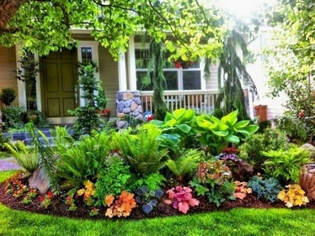 Texture is another way to create rhythm and bones. For example, if you are a collector of daylilies, ornamental grasses, hydrangeas, or camellia, you can provide rhythm by repeating your collection throughout the landscape. Then mix in contrasting foliage to make your favorite plants pop. For example, for grasses or daylilies, add oakleaf hydrangea or other large-leaved plants, or strongly structured evergreens.
Perennial, English or Cottage Gardens While all landscapes benefit from having a strong foundation, it is even more critical for perennial, English or cottage gardens. Without structure or rhythm, these areas may look weedy and hodgepodge. There are a couple of ways to create rhythm. First, you can use evergreens or structural elements like trellises or obelisks and repeat them within the bed. Second, plant larger structural herbaceous perennials like ornamental grasses, baptisia, peony, or cohosh or large hostas and repeat like you would a shrub. Then add your favorite perennials in between. Another option is to create groupings. Each grouping would include 4-6 plants, one for each season: early spring, late spring, early summer, late summer, fall, and winter. Repeat these groupings throughout the planting beds. Perennials tend to only bloom for 2-3 weeks, so varying seasonal bloom time ensures color and visual interest throughout the year. Final Thoughts When creating or evaluating your existing landscape, the first step is to evaluate its bones. Do you have too many star performers stealing the stage? Is there one season when your garden appears flat and one-dimensional and could benefit by adding the height of a flowering tree or tall evergreens? What does your landscape look like in the winter? What is creating a beat? Is it color? Evergreens? Hardscape? Keep views in mind as you evaluate the landscape. In a front yard where traffic may travel quickly, use bold statements of rhythm with strong color or structural evergreens. For informal gardens, or gardens experienced while strolling or meandering along a path, you have the opportunity to use more subtle forms of structure, like groupings of perennials. Remember that creating the bones of your landscape doesn’t have to be the repetition of a tightly sheared, round boxwood. There are infinite ways to achieve good bones in your own garden. Each method is a chance to infuse the landscape with your personal style and creativity. Fall can feel busier than any other time of year, even more than the holidays. Whether it is the added task of raking leaves, back-to-school schedules, transitioning back to the office or playing "catch up" after returning from college drop-off or vacation, fall decorating can easily drop to the bottom of the to-do list. To get you motivated to add a seasonal welcome to your entrance, I've gathered inspiring ideas to share with you. They are simple, lovely, and inexpensive. Regardless of your style, the examples below won't disappoint. Beautiful autumn decorations don't need to say: 'Fall' or 'Harvest'. Like landscape design, a mixture of color and texture offer attractive entrances and guide your guest's eye to the front door. The round shapes of gourds and pumpkins complimented by the feathery loose shapes of grasses make a stunning arrangement. Because the season is short, fall is a wonderful time to experiment with color and texture. This little spot feels like a big warm hug. The single yellow mum draws attention and is the perfect pop of color. To add evening interest, the white pumpkins feel like fall and will certainly reflect the front porch light. If you have a protected spot, just simply add a pillow and blanket which can be stored and reused every year. Absolutely the cutest and simplest idea. This is especially ideal for those of you with small spaces. The metallic color of the dots will glimmer under evening light.
Fill a lantern with colored gourds. Or use fake ones and store for next year. For a pretty effect, add some battery- powered lights. If you don't have a lantern, repurpose a large glass flower vase or pillar candle holder. Compliment your front door by combining color and texture. This summer planter easily transitioned to a welcome fall entrance. Simply by adding some artificial , glass (reuse every year) and one or two real pumpkins, the theme easily changed. Notice how the round shape of pumpkins contrast with the large urns, and the spiky grass with yellow highlights pop against the structure. The subtle hues of purple and maroon add understated color. Pull out a can of spray paint and color an inexpensive table, chair and plastic pumpkin. Add some writing and candle and you're ready for trick-or-treaters. The black and white outdoor pillow ties the entire ensemble together making the look sophisticated and fun. If you love Halloween and have lots of kiddos visiting for trick-or-treating, a little investment into a few reusable decorations make this an inexpensive and fun entrance. Adding a hot pepper plant and mum keep this porch in the spirit of fall. The rocker provides the perfect place to greet neighbors and hand out candy. Replacing the bats and black netting with a fall pillow will extend this look into Thanksgiving. Autumn is about warmth, friends and family. Let your front entrance communicate that to all who pass by and see the front of the place you call home. We all have them…unsightly views of gas meters, A/C units, and trash cans. Particularly challenging are those large green boxes or green plates in the ground that house the cable for the neighborhood or electric poles positioned right in the center of the front yard. It is tempting to decorate and attempt to cover them with white trellises or plant a bed around it with flowering perennials and shrubs. Or to plant vines that grow up electric poles (which by the way is illegal in many areas). Unfortunately, decorating an eyesore attracts attention and does just the opposite of the intended goal to hide it. My number one design motto is: Never decorate an eyesore. Instead, follow these tips to address the frustrating and immovable structures in your yard. Design Tips: Avoid Colors / Use Neutrals: Color attracts attention. So stay away from yellow and white plants and structures. This includes yellow leaved plants. Instead, use neutral or colors that occur in nature like greens (not yellow green) and browns. Absorb light: Use colors that absorb light like black, browns and dark greens rather than those that reflect light like whites, yellows, and silver. Keep it natural: Inanimate objects in the landscape draw the eye. So whenever possible use dark green plant material that does NOT flower. Create a distraction. Sometimes, due to the location of an object, planting around it or creating a structure is impossible, impractical or too costly. My pro design tip is to distract. If the problem can’t be made more attractive or cannot be hidden, then a distraction is needed. The idea is to create something more interesting, which demands attention. The best distractions don’t just look visually attractive. They have to work harder than that. As far as possible, all the senses need engaging; that way the brain concentrates processing all those sensory signals it receives at once, which means the solitary eyesore doesn’t get noticed as much. Use a lovely focal point that directs the eye away from an eyesore, like a bench, rock, birdbath, planter, door wreath or ornamental plant. Below are additional strategies specific to other landscape blemishes. Trash Cans When shielding the eye from garbage bins, be sure they are conveniently assessable for daily use and easy to pull to your curb for trash pick up. If you have tight garden space, consider adding a planting station on top. The picture on left has too much color and will draw the eye towards the trash cans. Black trash cans behind the doors would fade into the shadows and be less visible. Instead of a flowering container the top could be used a potting station. The picture on the right is creative, functional and appears to be a planter box with simple greens. Some of the ideas for A/C units could be modified and used for trash receptacles. A/C and Front Yard Utility Boxes
Utility Meters Flush in-ground lids for utilities and sewers
Examples from my own home Below are my attempts to distract attention away from utility boxes and sewer access in my front yard. My neighbor planted the yews, that are naturally trimmed by the deer in our neighborhood. The Verizon workers occasionally cut them back for access. Sometimes we mulch right over the sewer lid since it is easily pushed aside by workers. Paths are an excellent strategy for pulling the eye towards a direction. In this case, I used the path to draw attention away from the utility area and towards a decorative trellis/fence panel. Another eyesore is a gas meter near our front door and along the sidewalk from the drive to our front steps. Behind the chair is a gas meter. We hid it with an evergreen hedge; when walking on sidewalk, attention is diverted by the water feature and owl. Workers can easily walk behind or step over the hedge for access. This year, they actually replaced the gas meter without affecting the shrubs. 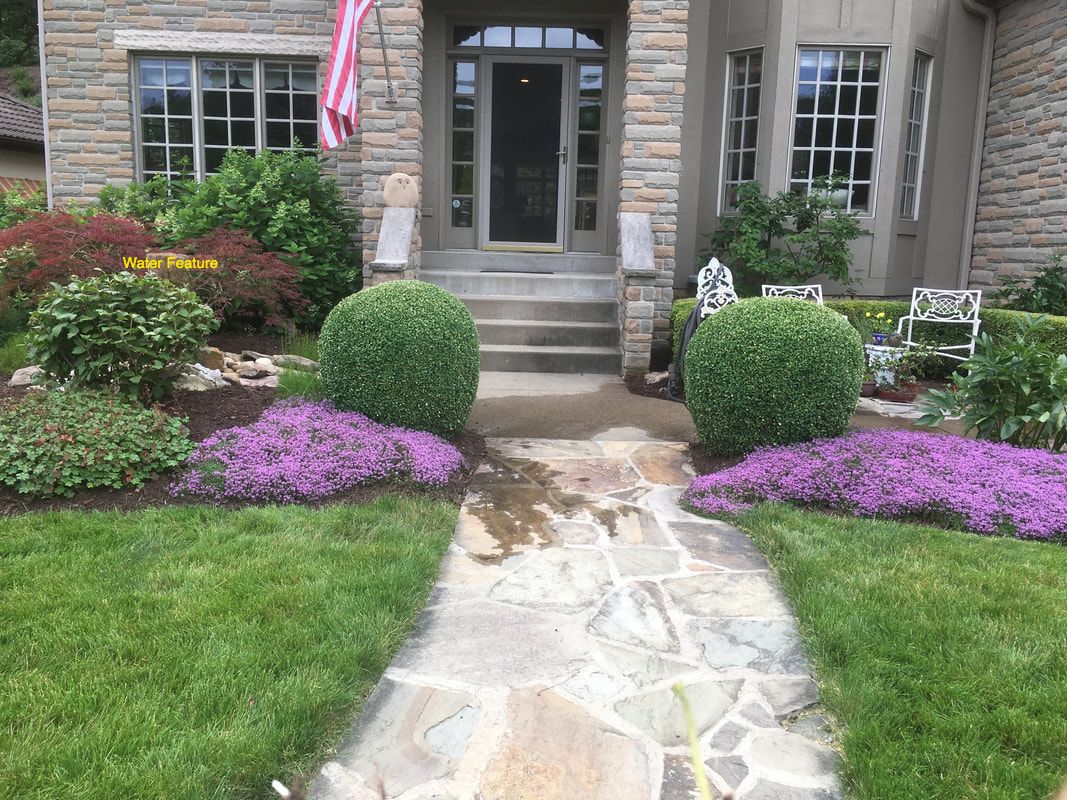 Hopefully, these tips and photos are instructive and even inspirational. For those of us who've been "gifted" the added challenge of dealing with an eyesore in our yard, these examples offer creative strategies for hiding or directing attention away from it.
Trees are a coveted asset to the landscape. They offer structure, shade, fall color and often lovely bark. When researching a tree for your yard, always consider it’s desired growing conditions and mature size. There are a few trees that you’ll want to avoid because they invade and prevent native plants from thriving, are poisonous, very dirty or have other undesirable characteristics for a home landscape. Bradford or Callery pear tree: At first glance, these seem like a beneficial tree with three seasons of interest….lovely spring flowers, fruits that are eaten by birds, and a nice fall foliage. The pitfalls, unfortunately, far outweigh the positives. The branching is week and easily breaks in severe weather. Flowers have an unappealing, fishy smell. Most importantly, it is an invasive species, filling all open fields and hillsides, preventing native trees from growing. Consequently, local insects, birds, and mammals have less access to native food sources. Norway Maple: Norway maple self-seeds everywhere and, like the Bradford pear, has become an invasive species. The shallow root system makes it impossible for plants to grow beneath the canopy. To combat invasiveness, varieties have been developed such as Crimson King, which according to a Penn State study, has less than a 1% viable seed than the original species does. Acer platanoides 'Medzam' (Medallion maple) is a virtually-seedless cultivar of Norway maple. Sweet Gum: This tree produces seed pods that look like spiky gumballs which fall in autumn. Not only are they difficult to rake, their sharp, round exterior are dangerous to pedestrians. Silver Maple: This fast-growing shade trees has a shallow root system that causes turf and concrete issues. Snow and wind easily damage it’s branches, causing them to break and fall. Female Ginko (maidenhair tree): The male Ginko tree sports lovely, leathery leaves that feel and look pre-historic. The spectacular branching and yellow fall color attract the choicest buyer. It also resists diseases and insects. However, the female Ginko bears small round fruits that are not only slippery and fleshy but emit a foul odor. Be sure you know what sex you are purchasing. Weeping Willow: This is a beautiful tree to plant along a lake or stream because it's extensive root system searches for water. In fact, this tree’s roots will go anywhere in search of water including sewer lines and septic tanks. It’s branches are also messy and break easily during windy weather. Walnut Tree: Black Walnut is a lovely shade tree that provides a nutritious food source for native animals. It is a wonderful choice for woodlands and very large spaces. In addition, Black Walnut tolerates drought. Unfortunately, it's roots, leaves and nuts produce a chemical called juglone which is highly toxic to a wide range of desirable plants and vegetables. The husks of the nuts stain clothing, sidewalks, and driveways. Like the Sweet Gum tree, it's fallen fruits are dangerous for pedestrians. In researching this tree I found an article debunking the perceived myths of the Walnut tree. It is worth a read if you've got Walnut trees near or around your property. For me the verdict is still undecided. Plants are too expensive to risk advising clients to install shrubs and flowers that might die from exposure to juglone. There are many excellent choices of trees you can choose to enhance your landscape. Just be sure to select one that matches what you want for mature height and shade requirements. In addition to online sources, you might want to consult the quintessential illustrated encyclopedia, "Dirr's Hardy Trees and Shrubs" by Michael A. Dirr.
Depending on your experience, you most likely have formed an opinion on the perceived benefits of using landscape fabric in installations. This fabric is designed to inhibit weeds and keep soil from drying out. I'll clue you in on the pros versus the cons. Landscapers and property owners need to weigh the initial benefits against the long-term problems when deciding to use landscaping fabric. Landscaping fabric is constructed from fibers woven into a solid sheet with perforated holes to allow water to soak through. Some offer UV protection to reduce deterioration. Once installed with pins, the fabric can be covered with mulch. Some of the benefits:
The pros seem to offer compelling reasons for using landscape fabric. However, a sustainable and healthy landscape or vegetable/flower garden eventually suffers from its use. Here's why:
Landscaping Fabric Alternatives:
Certainly, landscape fabric has it's fans. If this advice hasn't changed your mind, that's o.k. The intention here is to point out the flaws and offer helpful alternatives for erosion control, stabilization and weed prevention.
Related blogs: Common Mulch Mistakes In a previous blog we shared useful tips on how to design a yard that deters ticks. This year I have met a number of people who have had tick bites and know several that suffer from Lyme's disease. This inspired me to dig into some helpful resources for our readers on Lyme's disease prevention. The most impactful ways to prevent disease are to prevent tick bites. If you have been bitten, remove the tick carefully with tweezers and send tick in for testing. Most importantly, seek medical help immediately if you have signs of a bite. Two sites became my 'go to' for reliable information: The Tick Research Lab of PA and DCNR. If you've been bitten by a tick, you can send it to the PA lab to see if it has the virus that causes Lyme's disease. The Facebook page has useful tips on prevention and updated stats on tick infestations. Four of their most useful informational posters are about tick prevention in pets, Tick repellent review, myths, and seasonal pattern of Lyme disease cases. As a landscape designer I work with clients to eliminate invasive plants and incorporate natives into their landscapes. Invasive species change the food web in an ecosystem by destroying or replacing native food sources. Invasive species provide little to no food value for wildlife. Invasive species can also alter the abundance or diversity of species that are important habitat for native wildlife. Barberry is not only an invasive species, but also attracts and hosts ticks. If you have this plant in your landscape, do yourself, your pets and the environment a favor by removing it. And please ask your local landscape suppliers to stop selling Japanese Barberry. Since deer are often the culprit host of ticks in residential landscapes, planting deer resistant plants in your landscape will reduce the number of ticks in your yard. For more information on deer resistant plants, read our blogs: Along with the height of the growing season, summer is, unfortunately, also the height of reported cases of Lyme disease in humans. The first step to avoiding ticks is to learn what they look like and where they are commonly found. Repellents are very helpful. But they shouldn't replace doing a thorough head-to-toe check when you come indoors. To create an outdoor environment relatively safe from ticks, read our Tickscaping blog. And if you have Japanese barberry in your yard, you'll want to read the next article as it relates to how ticks gravitate to the shrub. The information below is a summary from an informative article published by DCNR in February of 2020 and written by Emily Domoto, Ecological Services Section Chief, Bureau of Forestry. Please visit DCNR for the full blog. When Bad Attracts Worse Not only are invasives bad for native species, they often attract something else that can make a situation worse. For example, the tree of heaven is the preferred host plant for the spotted lanternfly -- meaning the spotted lanternfly prefers to reproduce on this tree. The invasive Japanese barberry isn’t attracting another invasive pest, but a pest that many Pennsylvanians try to avoid all year -- ticks. About the Japanese Barberry Japanese barberry (Berberis thunbergii) has been a popular landscaping plant for many years. This Asian native was introduced to the U.S. as an ornamental in 1875 when seeds were shipped from St. Petersburg, Russia to Boston’s Arnold Arboretum. Barberry is drought tolerant, grows in sun, shade, and wet areas. It also offers protection from people entering your yard with it's prickly thorns. But this ornamental plant also has some nasty characteristics. It produces many seeds and has a high germination rate. The seeds are not nutritious for birds, but they will eat them anyway and deposit them, everywhere. Barberry has been taking over landscapes and forests from Northern Quebec to Georgia and moved as far west as Wyoming. Japanese Barberry Attracts Ticks and Serves as a Tick Nursery A multi-year study in Connecticut printed in the NIH National Library of Medicine (copy right by Entomological Society of America) looked at the relationship between barberry, white-tailed deer, white-footed mice, and blacklegged ticks. The results are a bit alarming. The study found that the larger the number of barberry in an area, the higher the incidence of Lyme disease-carrying ticks. According to the study, barberry has denser foliage than most native species. As a result, the plants retain higher humidity levels which ticks love. Ticks die from dehydration when humidity levels drop below 80 percent and do not rise back up. Lucky for ticks, relative humidity under a barberry at night is about 100 percent. If that weren’t bad enough, the shrubs also provide nesting areas for white-footed mice and other rodents, which are primary sources for larval ticks’ first blood meal, and reservoirs for Lyme disease.
When summer temps and humidity peak, it’s helpful to have a shady spot in your yard. If you don’t already have such a space, now is a great time to do something about it. Start by walking around your yard and observing those shady nooks and crannies created by large trees, house shadows, or large urban buildings if you are a city-dweller. Is there a certain time of day where your space gets cooling shade? How long does this particular area stay cool? Our blogs on creating garden rooms will give the basics on how to create a special retreat space. This blog focuses on turning the challenges of shade into opportunities. Following are tips for transforming your shady area into a lovely, inviting space. Begin With Purpose Create a purpose for the space. Ask yourself: Do I want to sit and read? Entertain? Eat breakfast? Improve curbside appeal? Or just view the space from my kitchen window? Answers to these questions determine seating, focal points and plant selection. A reading space requires comfortable seating. A space viewed from the house has a focus on seasonal interest, especially winter interest. A shady, front area under a large tree should tie into the rest of the foundation planting by repeating color, plants, and texture from the other parts of the yard. Repeating garden elements ties the space together. In addition to choosing similar plants, repetition can also be achieved with garden benches from the same furniture line, pots of the same color, and pieces of art. Don’t Plant Wimps
Shed Some Light Plant selection is key to your success, and is driven by soil and light. If your shade is created by towering trees or urban buildings, you will be dealing with large roots, clean building fill, and poor soil. Your glass is half full, not half empty. With careful research or help from a professional, you will discover ways to reclaim this space. Observe the light conditions. If you have dappled shade versus deep shade, your plant selection will increase even with just a little sun. Pruning a tree by heightening it’s canopy and thinning will not only give the tree a lovely shape, but also shed a little light on the plants below. Create Cohesiveness
Lighten Up Those Shadows
Rocks, Roots, Mulch and Poor Soil Soil amendments and mounding beds will help improve soil. If you’ve lost plants and nothing (not even weeds) grow in your shady spot, be sure to get a soil test. Your soil test may recommend improving soil with amendments. Organic amendments include sphagnum peat (non renewable), wood chips, worm castings, grass clippings, straw, compost, manure, biosolids, sawdust and wood ash. Inorganic amendments include vermiculite, perlite, tire chunks, pea gravel and sand. Preserve the health of your large trees by never mounding soil or mulch around the base of your tree. For information on volcano mulching please read our blog. Landscaping fabric discourages healthy soil. Soil is living and it's health requires the free movement of worms and bugs. Landscaping fabric also inhibits the spreading of perennials and shrubs. If you have a weed or invasive species problem, minimize chemical use by laying thick layers of newspaper or cardboard under the mulch. This will help suffocate plants and eventually decompose. Believe It Or Not, Beware Of Heat If you live in an urban garden, your space is protected from winds and you can often experiment with plants that grow in a higher hardiness zone. The benefit is that you can enjoy greater plant diversity than your suburban neighbors. However, be cautious and observant of the impact radiant heat has on shade-loving plants. Keep shrubs away from dryer vents. The heat from various home vent systems prevents dormancy or wakes a plant up too early in the spring. This damages and sometimes kills shrubs. Perennials are often o.k. in soil planted beneath a vent. We got into lots of detail with this blog on creating a sanctuary in the shade. Our hope is that you will understand that the challenges of designing and maintaining a pretty shade garden are fairly minimal. And just think of the payoff! A cool spot to drink iced tea with a friend. Enjoy!
Learn more about designing your garden or landscape visit our blog menu and read about bones of the garden, creating garden rooms, and color inspiration for your containers. What makes a garden unique, special, and stunning? Selectively choosing a statement piece. Adding a distinct feature to your outdoor space shares a piece of the gardener's personality and offers visual pleasure. Statement pieces are special and make an impact. Create a statement by introducing into your garden: fire and light, sculpture, a unique garden gate, wall art, bold umbrellas and rugs, or a mass planting of uniquely paired annuals. Take note that too many features make the landscape appear busy and messy. Choose wisely and place in strategic locations. Use them like a period or exclamation point at the end of a sentence. A sculpture at the end of a garden bed or near a door draws the eye and offers a hint of what to expect within the garden space. Statement pieces attract attention and allow the eye to pause and rest, so never place focal points near an eyesore like a gas meter, trash can, or A/C unit. Instead, place them for a strategic view from the house --like a kitchen window, near an outdoor seating area, close to a front door, or framed by an arbor. Have fun and experiment. Fire and Light Fire dances in the shadows of evening and warms the view as well as the space on a cool night. Fire pits don't have to look like a camp site. Unique lights and fire balls extend their function by not only serving as a daytime sculpture but accenting a dark space at night. Sculpture Sculpture placed on an empty wall or in a garden bed can be whimsical or artistic. This is an opportunity to put your personal stamp on your outdoor space. It can be a small surprise only discovered while walking on a garden path or something more bold like a decorative metal screen. Garden Gate Garden gates mark the entrance to a garden space. They create a curiosity to explore what is beyond. Some gates are more transparent than others offering a brief glimpse into a garden. Others are opaque and give off the vibe of 'privacy only'. Most gates viewed from the front of the house compliment the architecture of the home, while gates within a back yard garden are more informal and whimsical. Wall Art Whether living or not, wall art visually anchors an outdoor entertainment area, fills a drab wall or fence, and can serve as a focal point. Bold Umbrellas and Rugs Umbrellas and statement rugs add color to an urban space that doesn't have much green space for plants. Umbrellas give visual privacy from onlookers who live uphill from your home or from apartment dwellers viewing down on your space. Umbrellas, of course, provide shade for your outdoor space and your planters and pots. If you have an old deck or plain concrete patio, add personality and define a space...especially for sprawling decks. Rugs can help carve out the dining space from a seating area. Water Moving water serves many purposes in a garden. Splashing and bubbling adds white noise and buffers traffic and neighborhood sounds. The movement is relaxing and offers a place for the eye to rest. In the evening light dances on it's surface, adding interest to an evening landscape. Finally, sweet little birds might stop by for a refreshing drink or a cooling dip. Mass Planting Choosing unique colors and mass planting in pots or garden beds will draw attention. It is a fun way to add a statement and to experiment seasonally with a variety of plants and colors. If you are the type of person who likes to spice up a space, this might be an inexpensive way to add fun and visual impact. Even if you don't have a lot of planting beds, unique pots and plants serve the same purpose. Remember that incorporating one of these elements in your garden is enough to make a statement. Though it may be tempting, adding too many bold elements overwhelms the senses. A garden should offer respite. "Everything that slows us down and forces patience, everything that sets us back into the slow circles of nature, is a help. Gardening is an instrument of grace."
May Sarton, poet To welcome summer guests, adding a touch of the garden to what you serve will really elevate your style. In addition to a garnish, flower petals look lovely on a green salad, frozen in ice cubes, and topping your favorite cocktail. Other ideas are decorating cupcakes with violets, steeping fresh chamomile flowers for tea, and stir-frying a daylily bud. By adding color and flavor to your dishes, edible flowers are a perfect way to add a gourmet touch to entertaining. Most edible flowers are best eaten raw and taste best right after they have opened. Critical facts to remember: 1. Not every flower is edible. 2. Avoid flowers sprayed with insecticide, fungicide or herbicide. This is especially important for roses and dandelions. 3. Never harvest roadside flowers or eat florist flowers. 4. Use sparingly. 5. Identify the part of the flower that is edible. For example honeysuckle flowers are edible but the berries are poisonous. Flowers can be sweet, floral, citrusy, bitter, tangy or even "pea like." If you're interested in using flowers in your summertime fare, check out these resources: Have you ever watched a dog explore? Dogs follow their noses, and pick up and often chew and swallow the objects that pique their curiosity. Regardless if those objects are even edible! Therefore, as dog owners or dog admirers, we should know which plants contain toxins that can harm pets. Even though your dog may not commonly dig or eat plants, he or she might get enticed to follow a chipmunk or mole. Pets may come across any number of plants while outside, especially if they pick up the scent of other animals. Below is a list of outdoor plants that you may find in your yard that are poisonous to dogs.
These plants are from the be.chewy website which includes a list of 50 indoor and outdoor plants. I chose plants commonly found in the backyards of the North Eastern U.S., including common vegetable garden plants. For the complete plant list, visit the be.chewy website. |
Thank you for finding us! Holly and I have collaborated to bring you informative, fun, and seasonal garden inspiration blogs.
Subscribe to receive our blogs on the 1st and 15th of the month--Gwen Follow my landscape & garden design Pinterest Page to see more pics, inspiration and Gwen's home garden journey!
AuthorsGwen Wisniewski: Landscape and Garden Designer. Contact me. Let me help you integrate these garden inspirations. Choose the links below to find out more about my landscape design service or to make an appointment. |
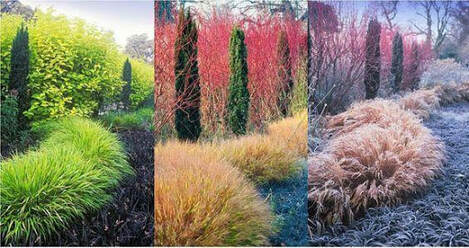
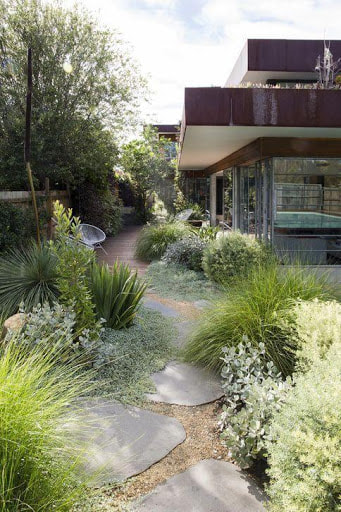

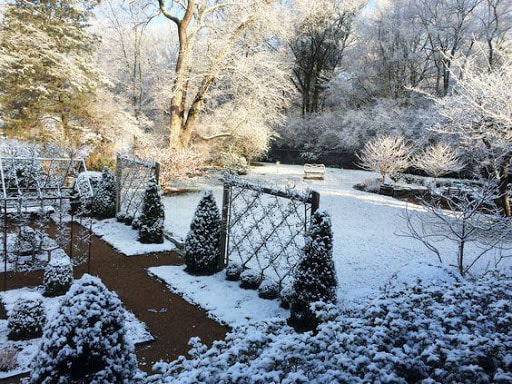
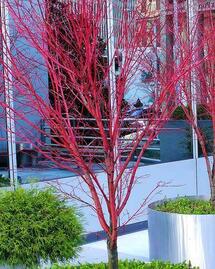

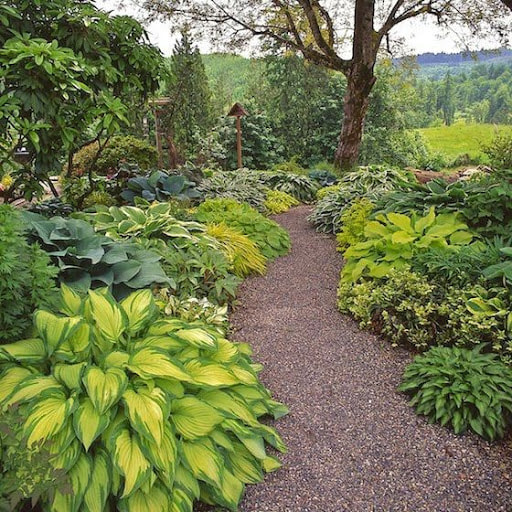
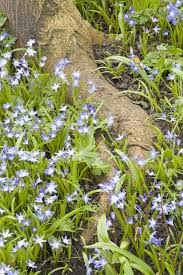
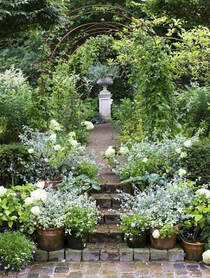
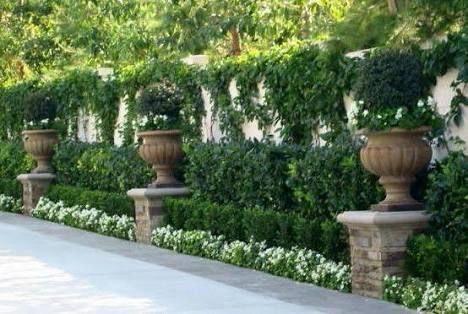
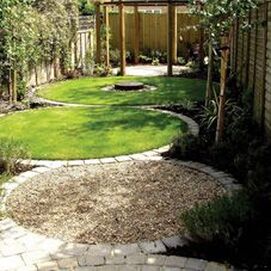
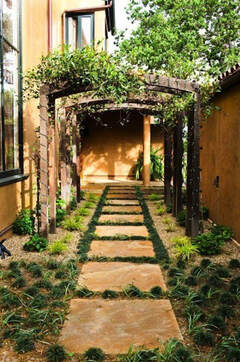
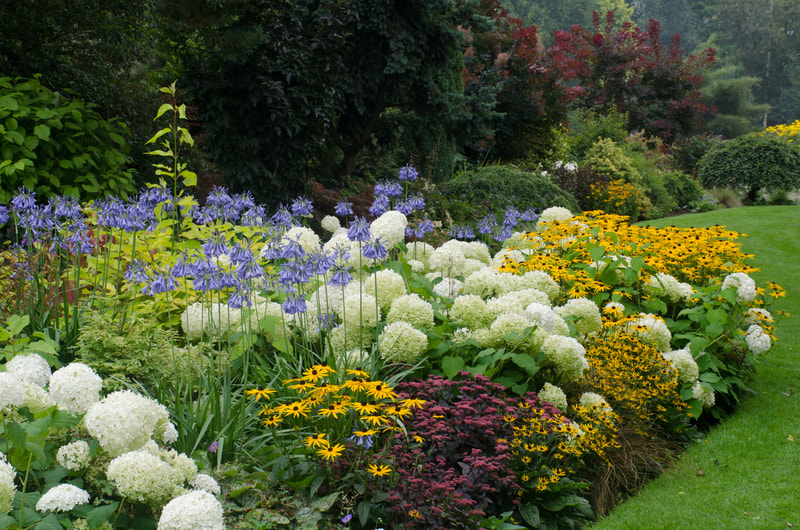

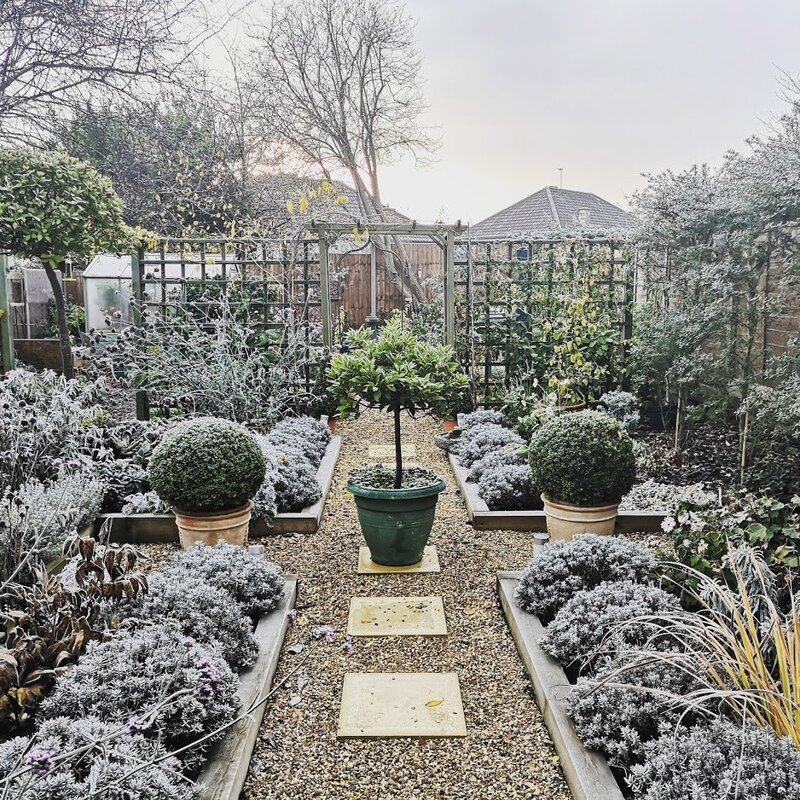
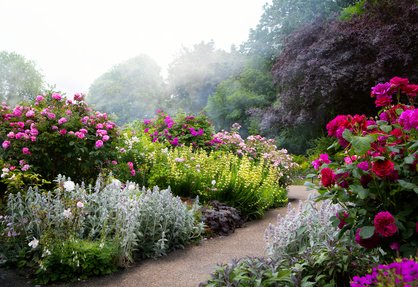
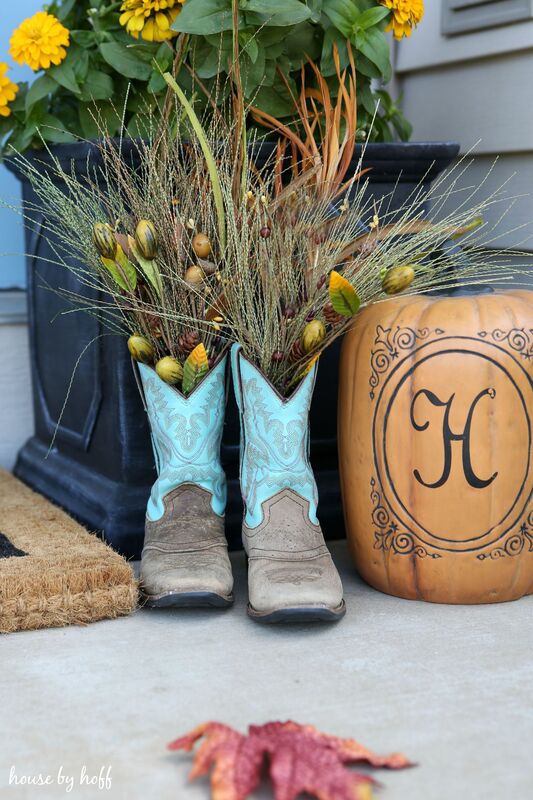
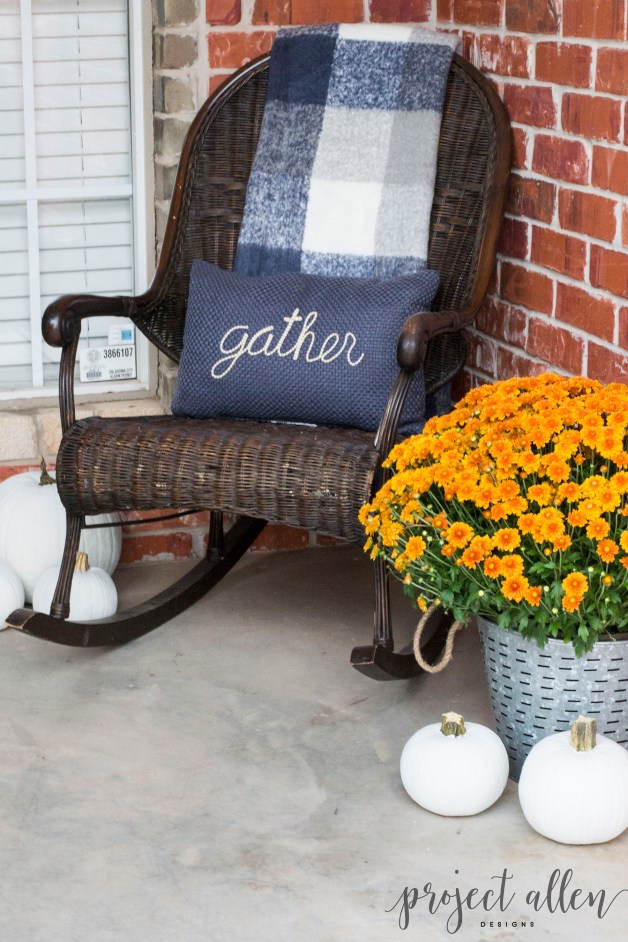
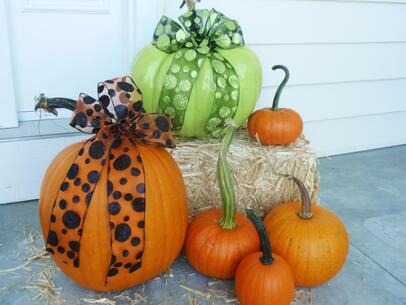
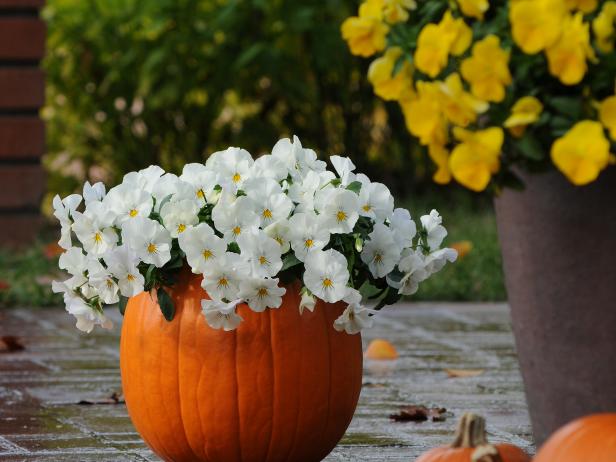
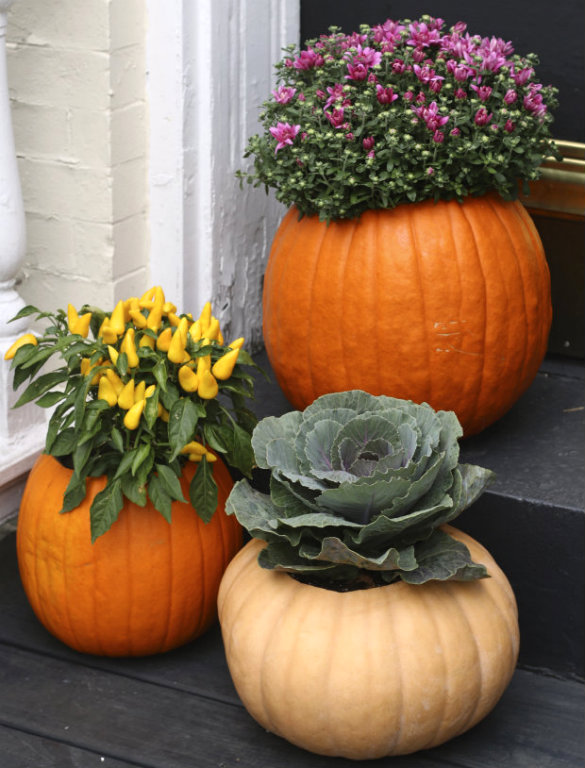
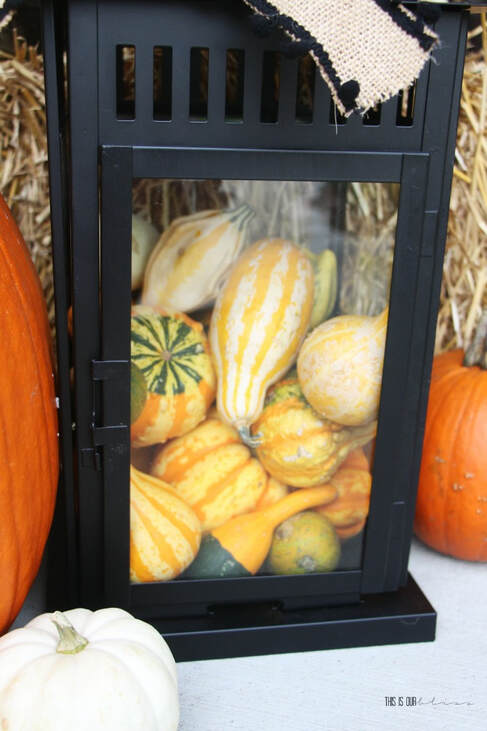
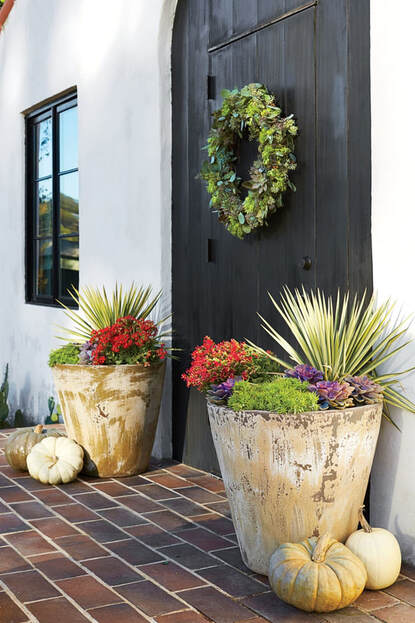
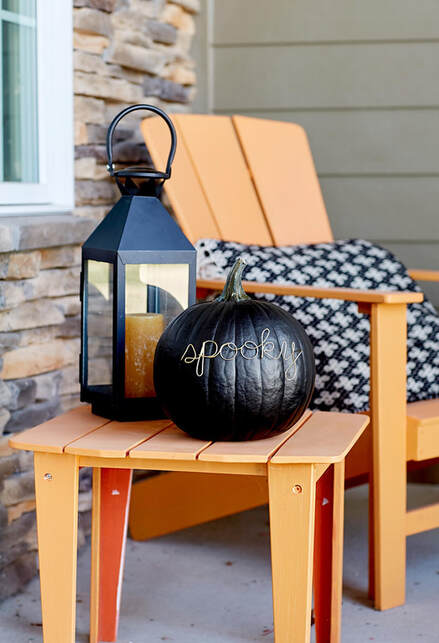
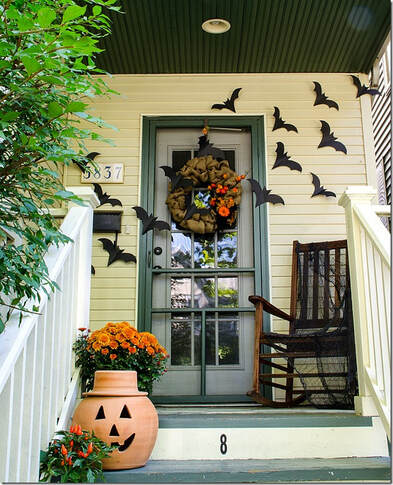
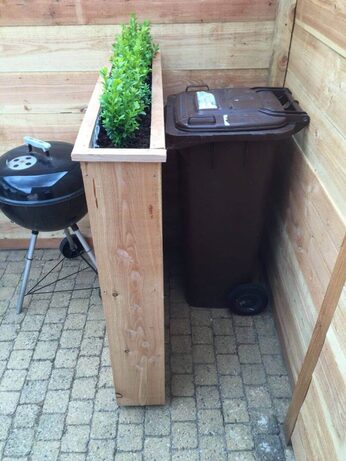
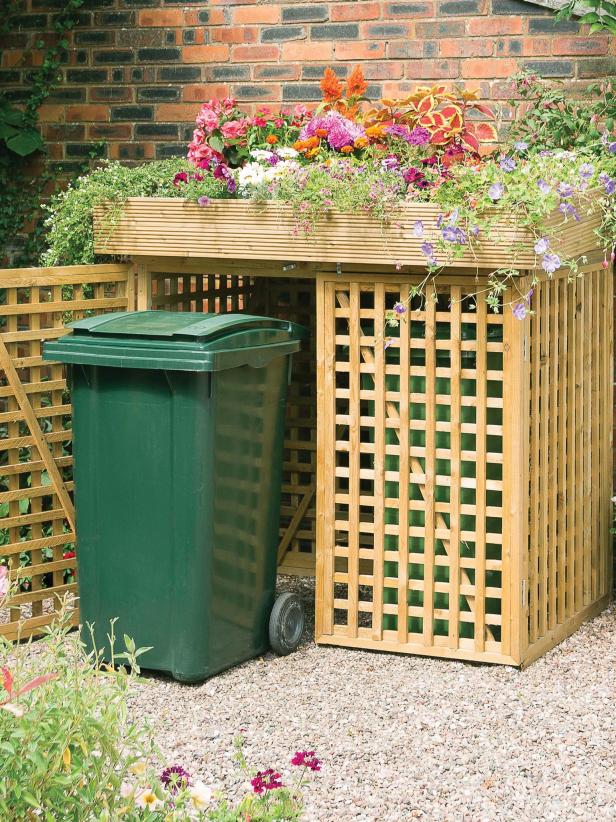

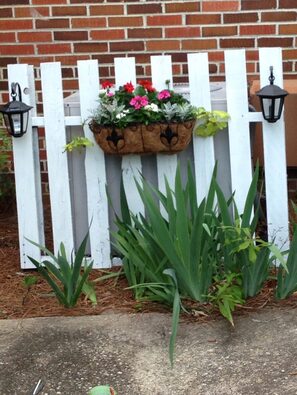
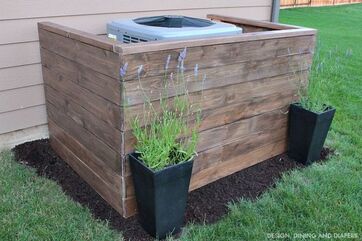
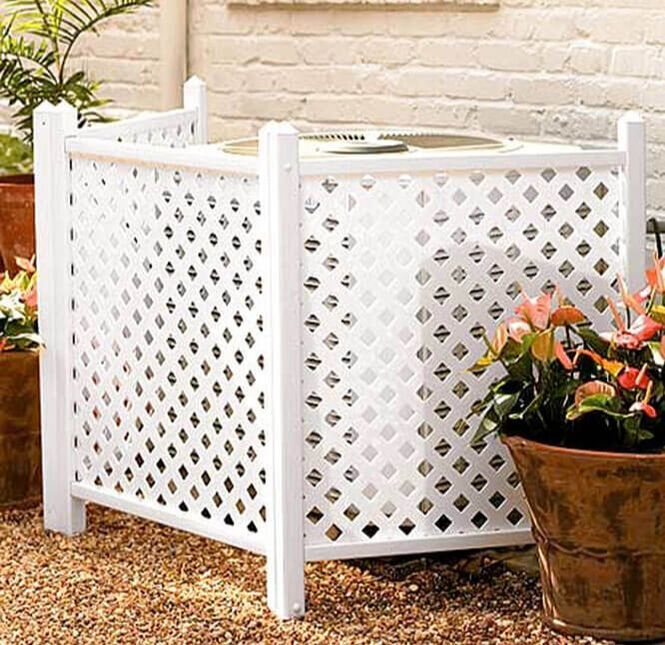
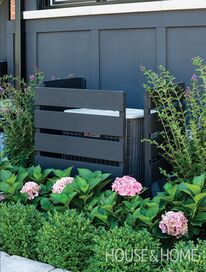
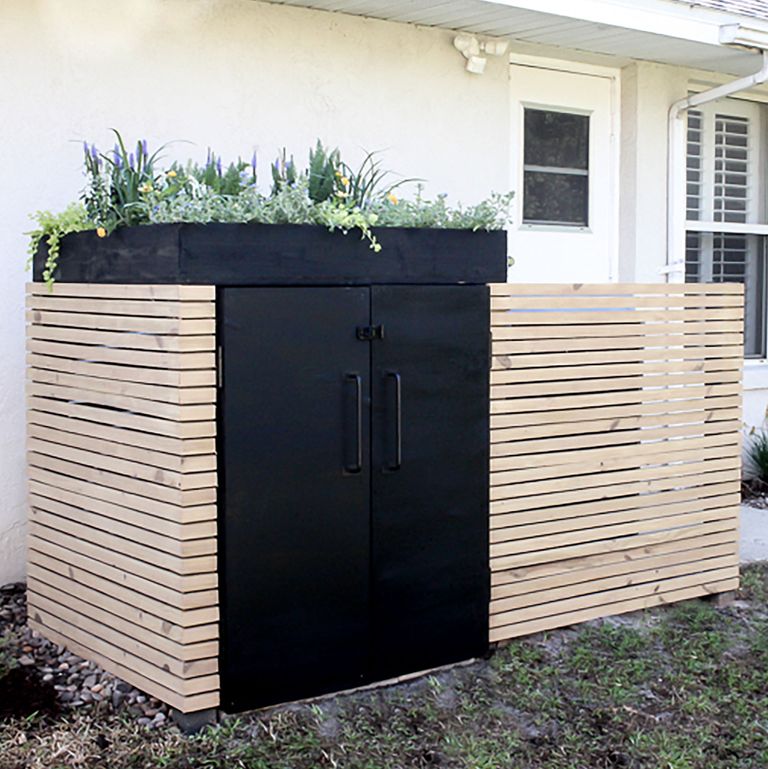
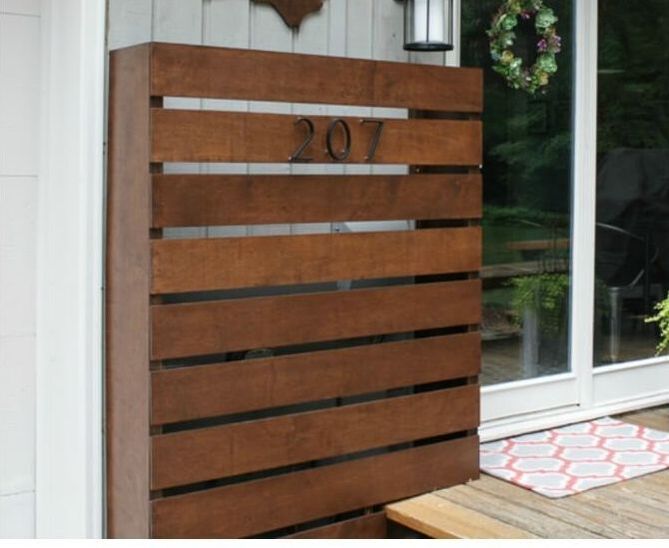
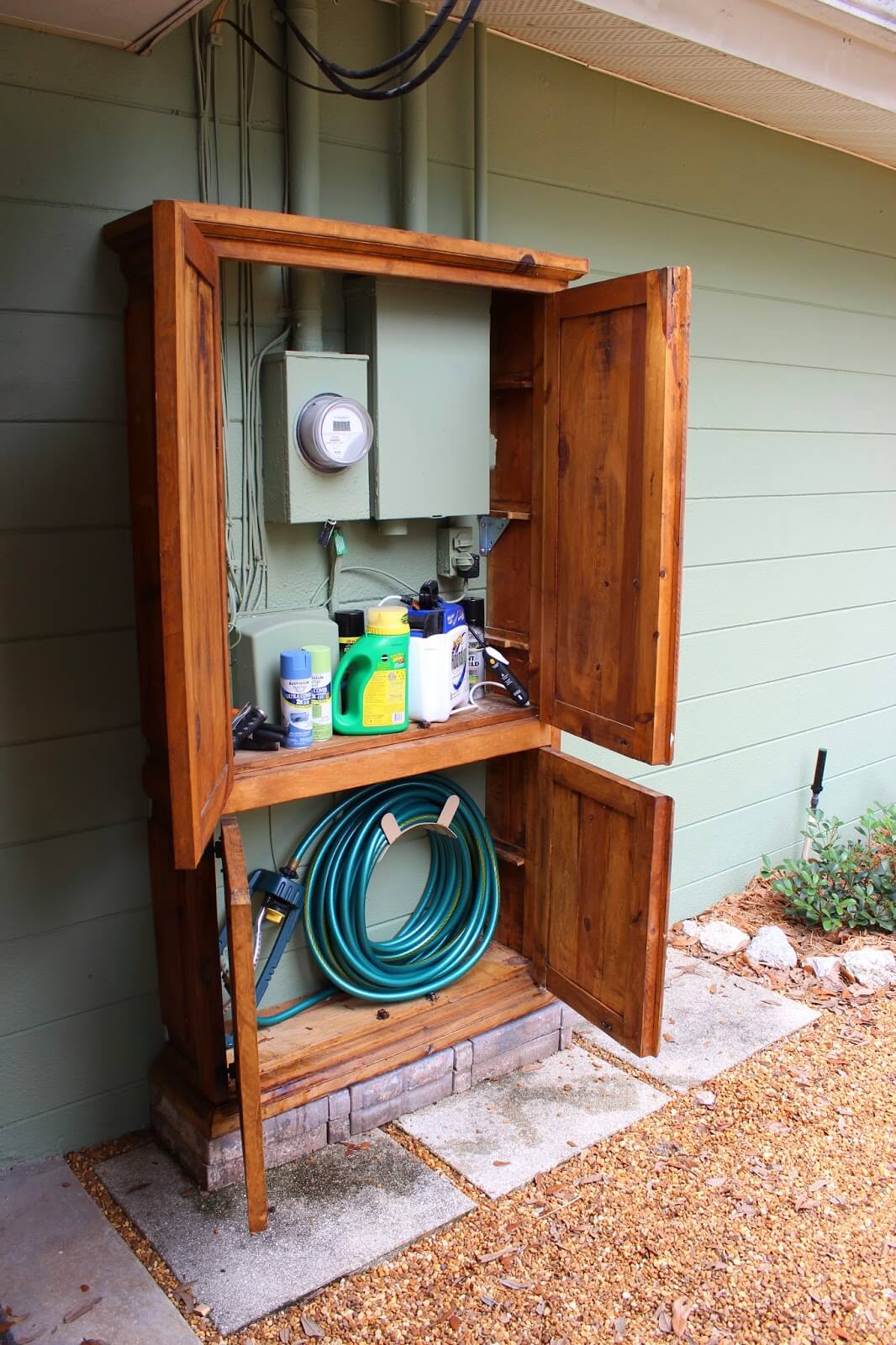

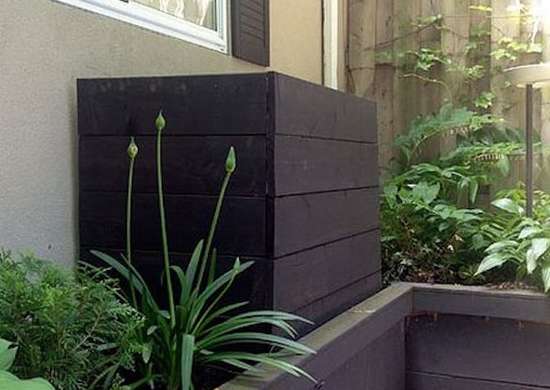
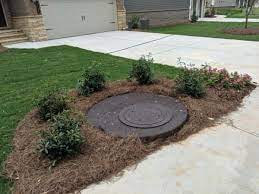
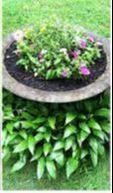
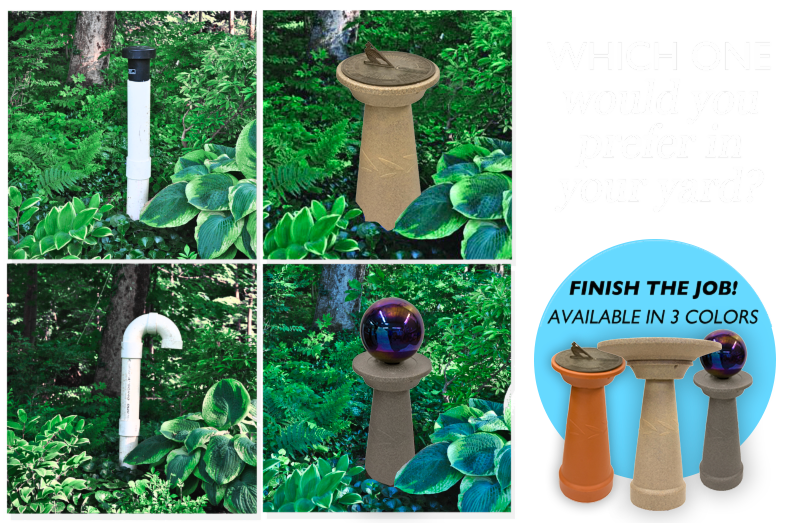
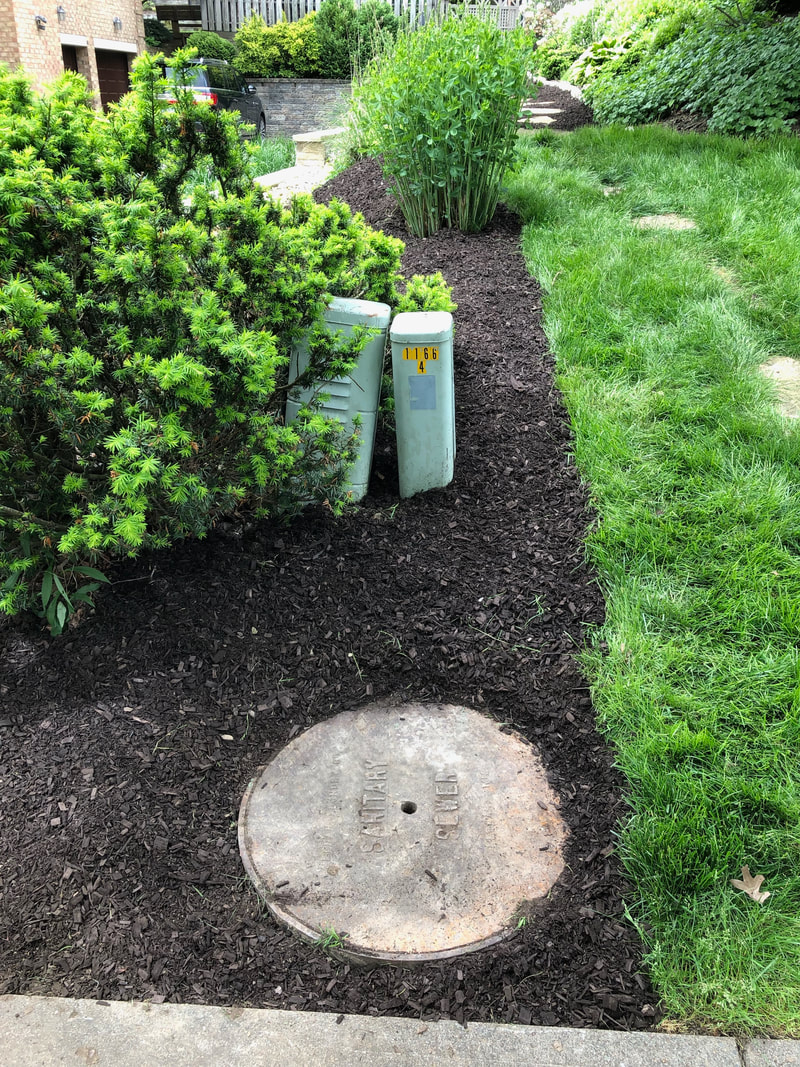
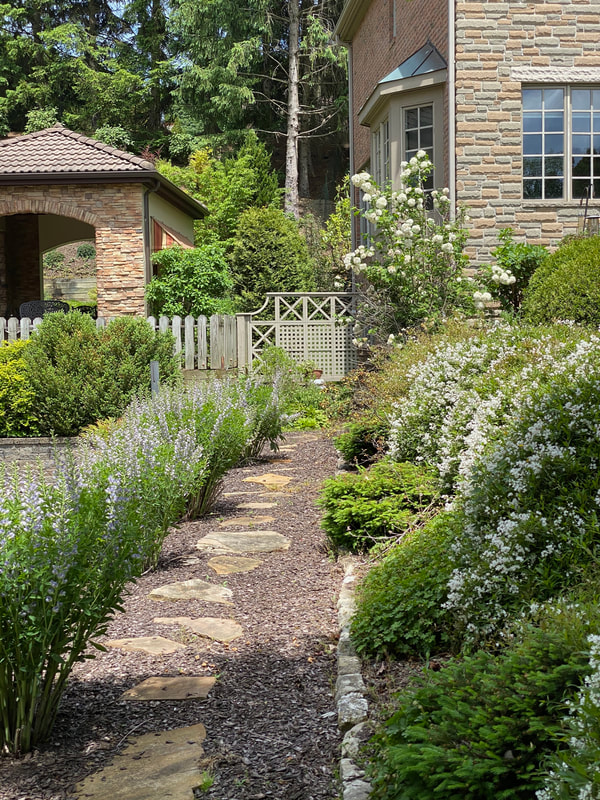
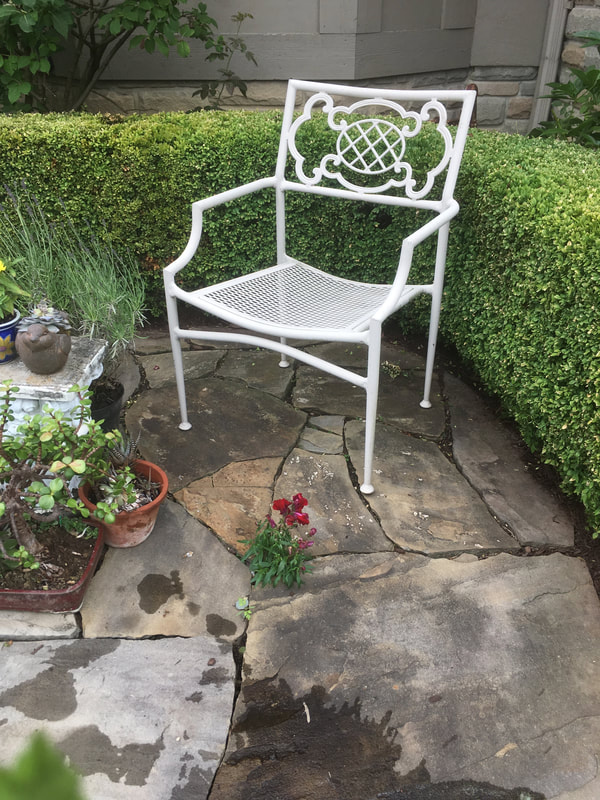
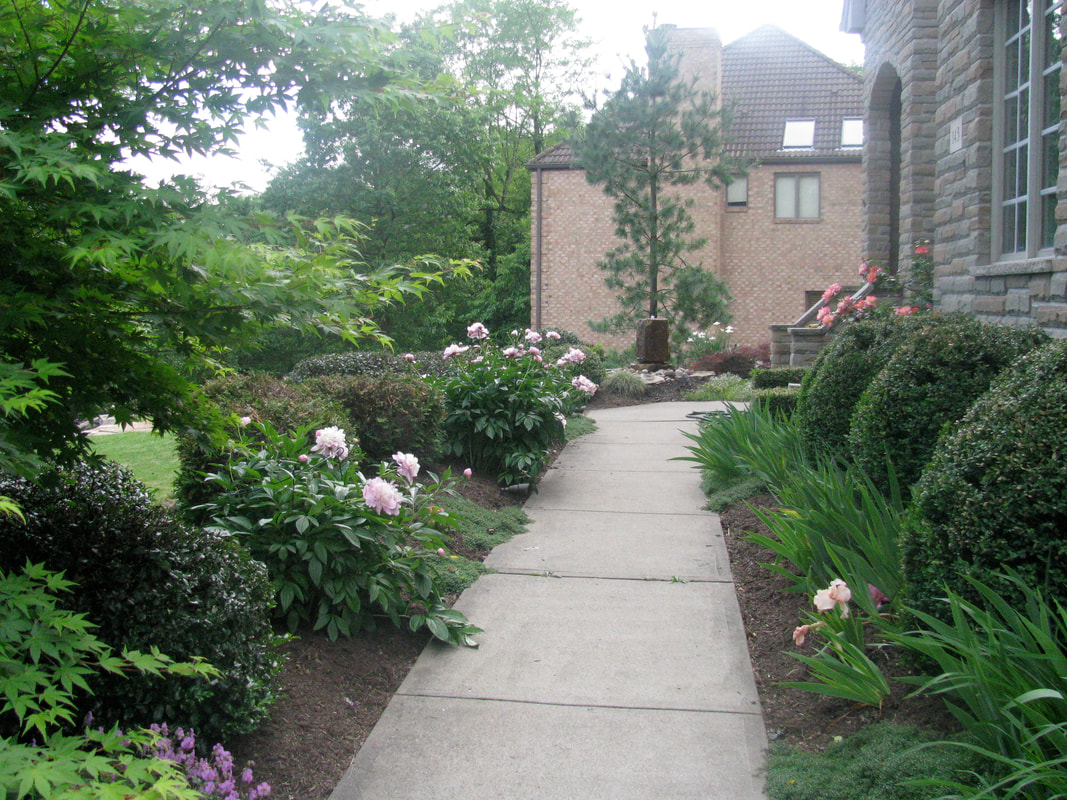
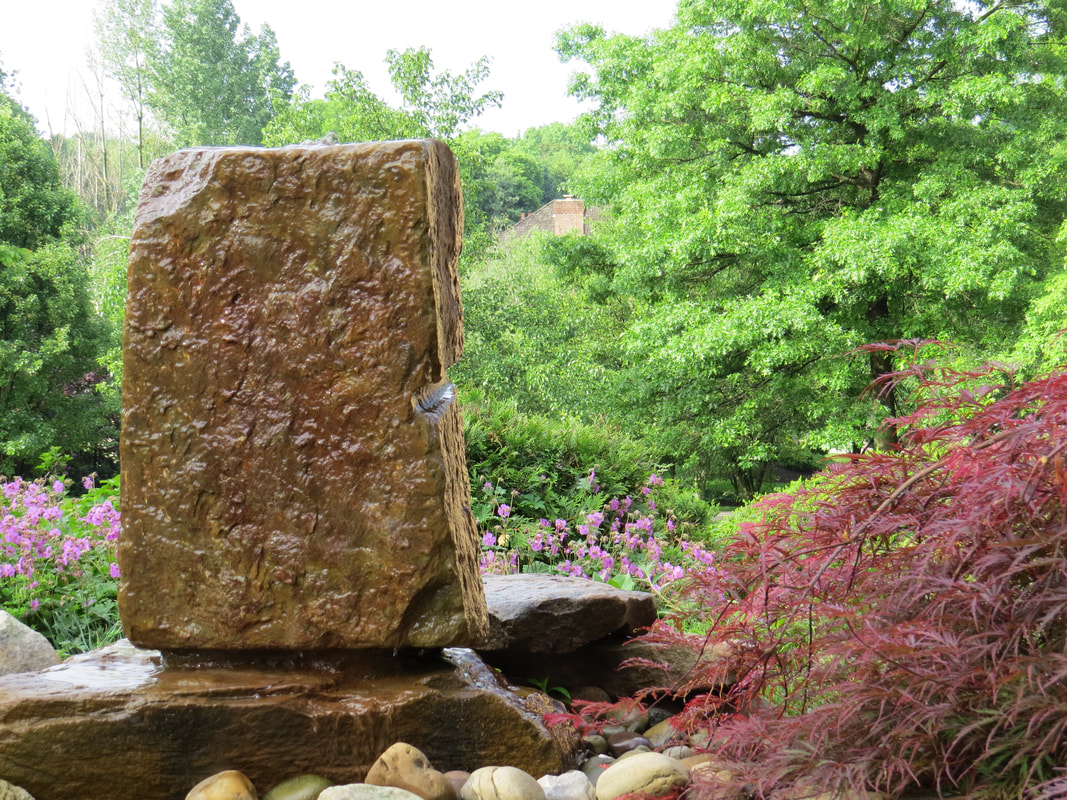
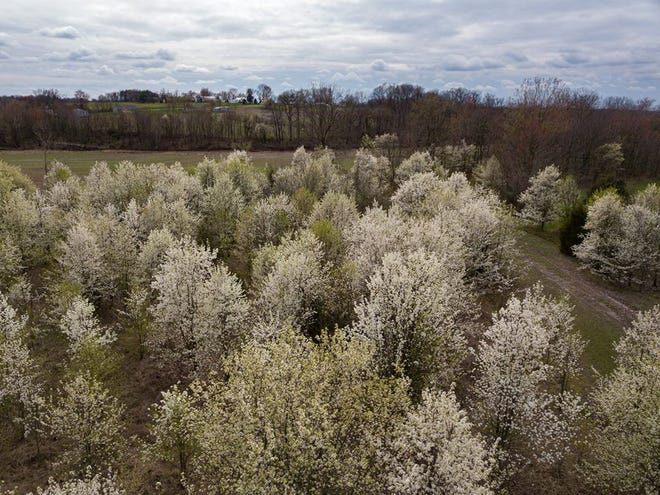
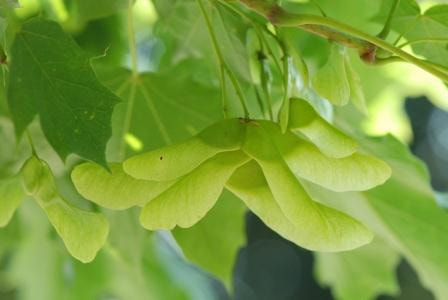
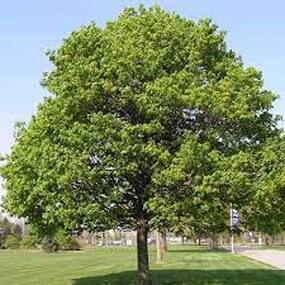
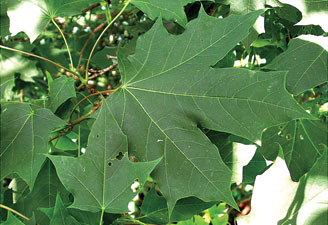
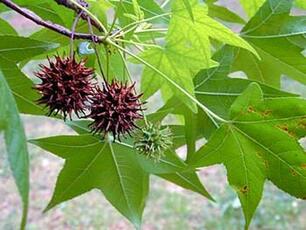
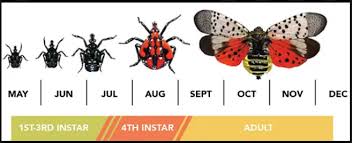
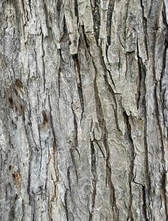
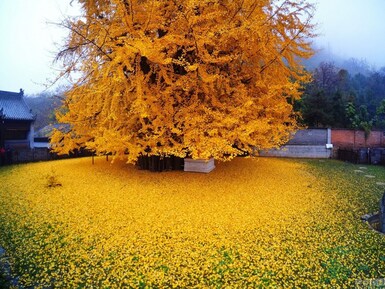
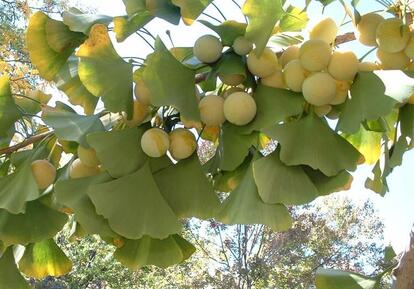
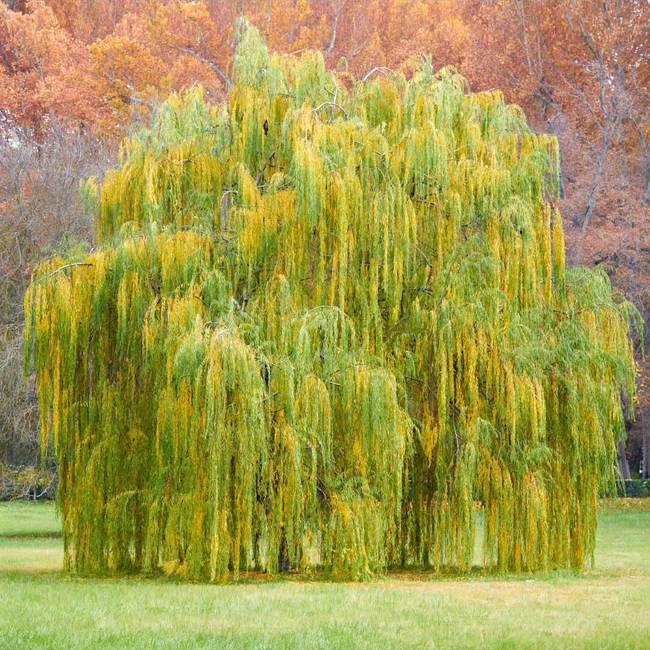
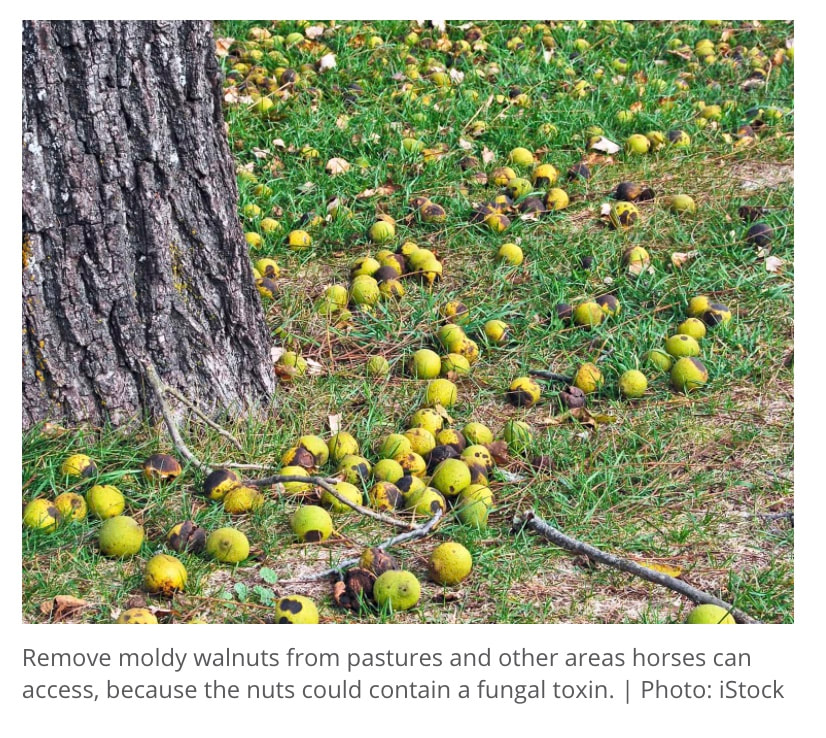
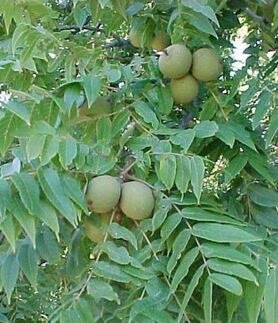
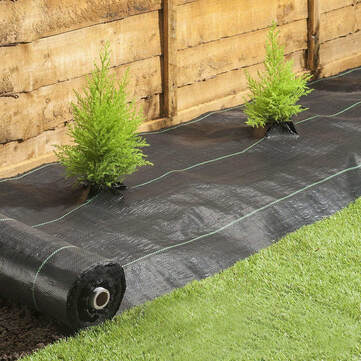
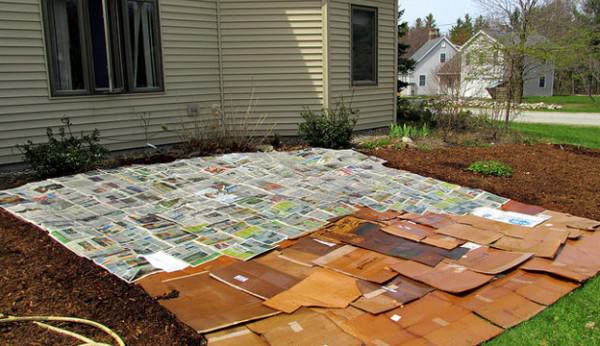

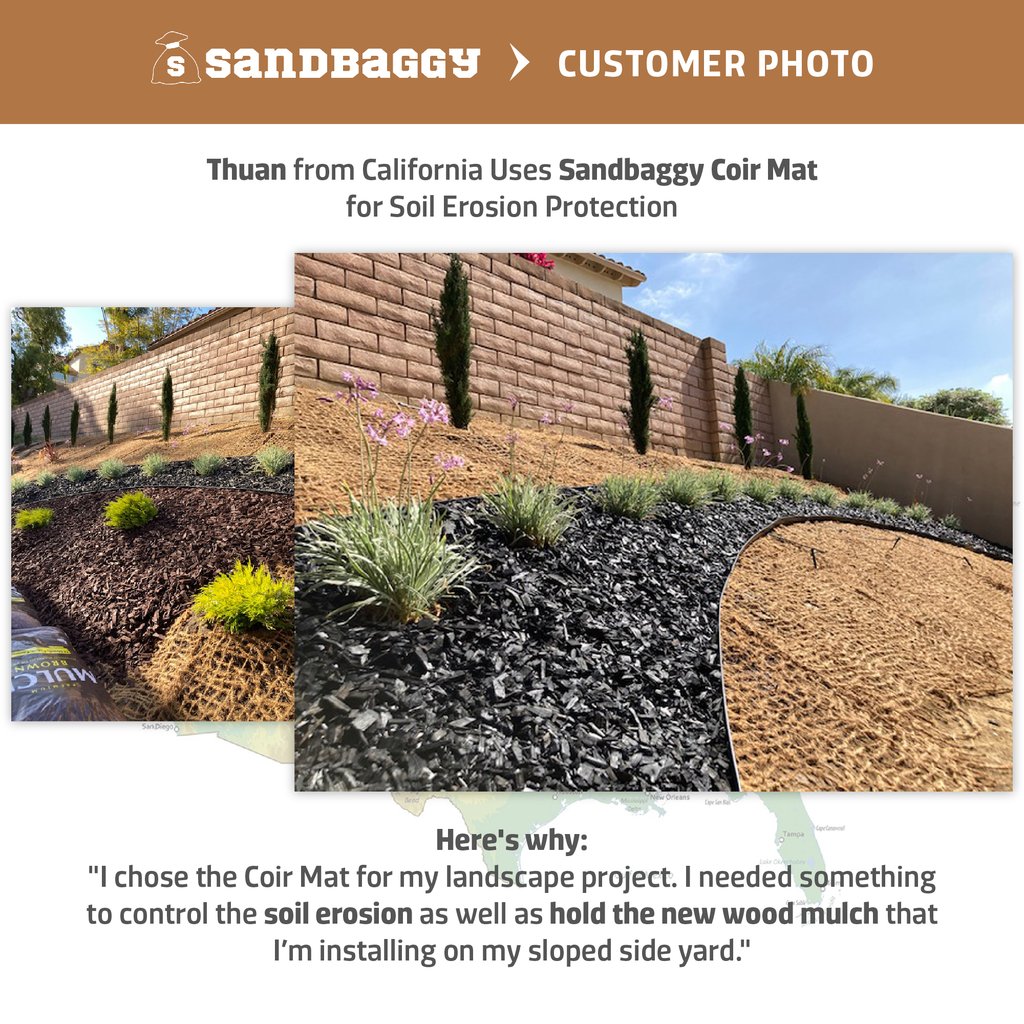

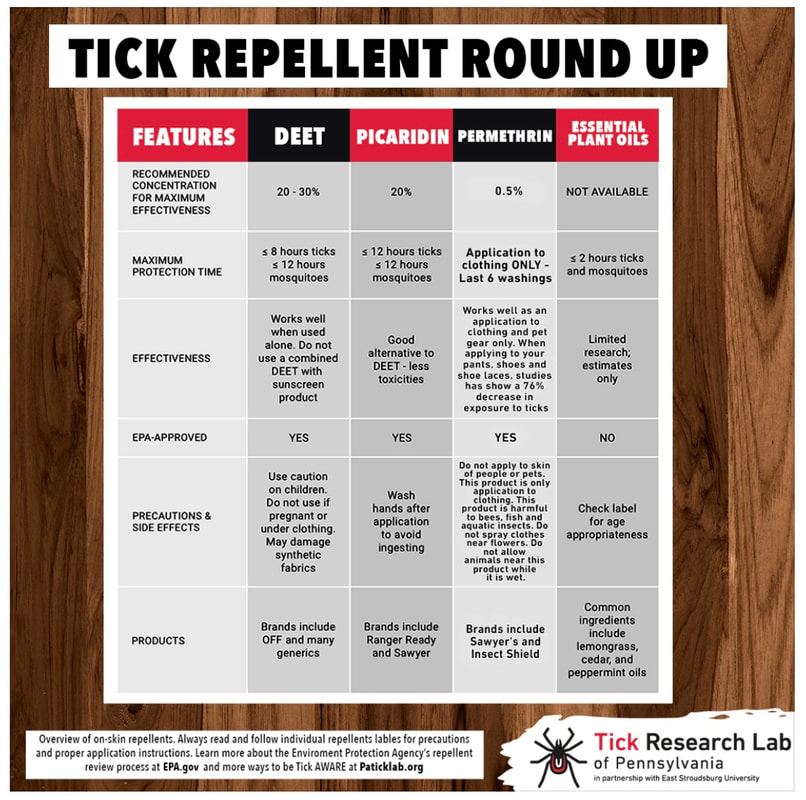
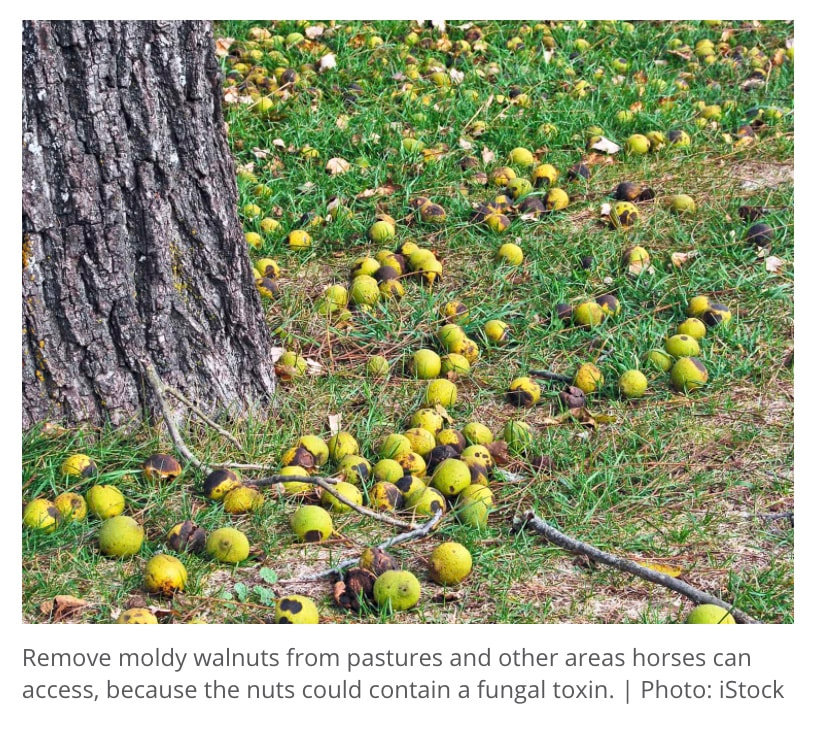
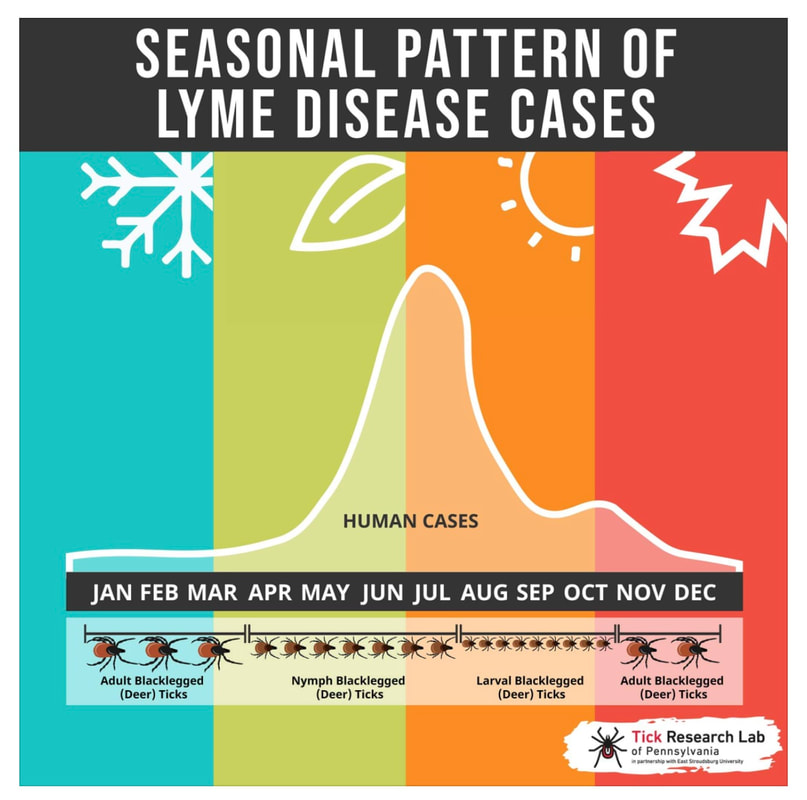
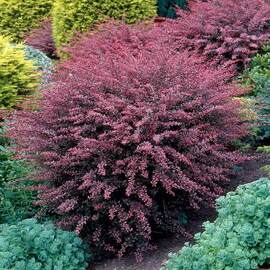
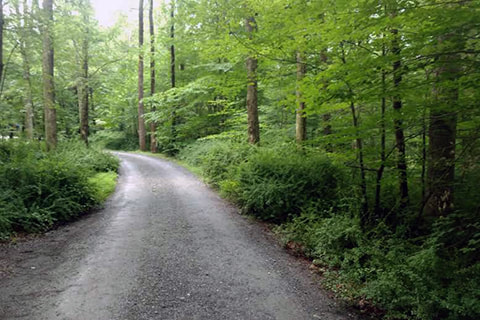
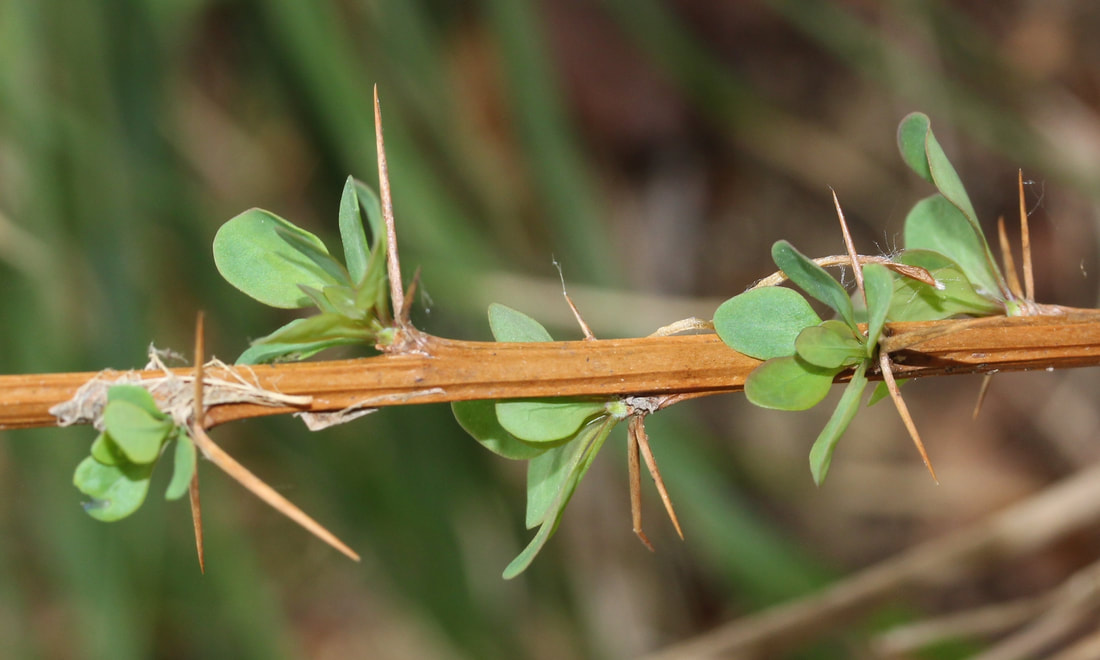
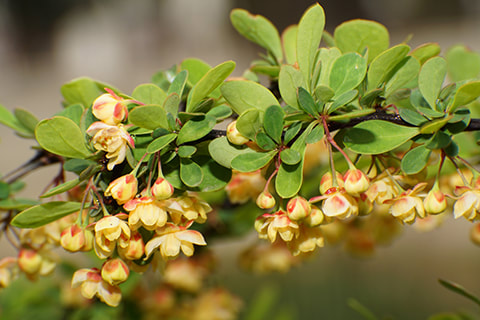
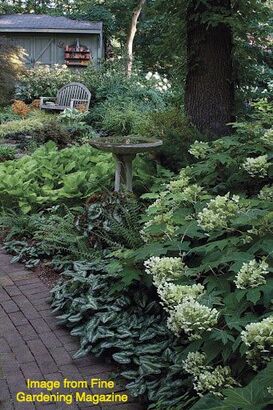
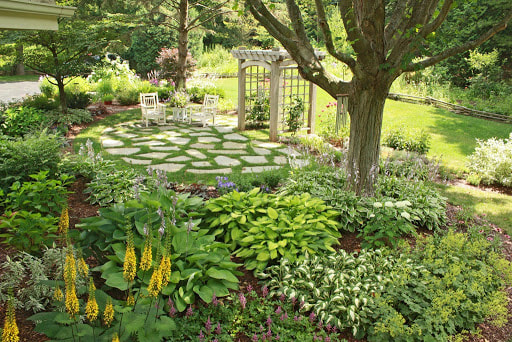
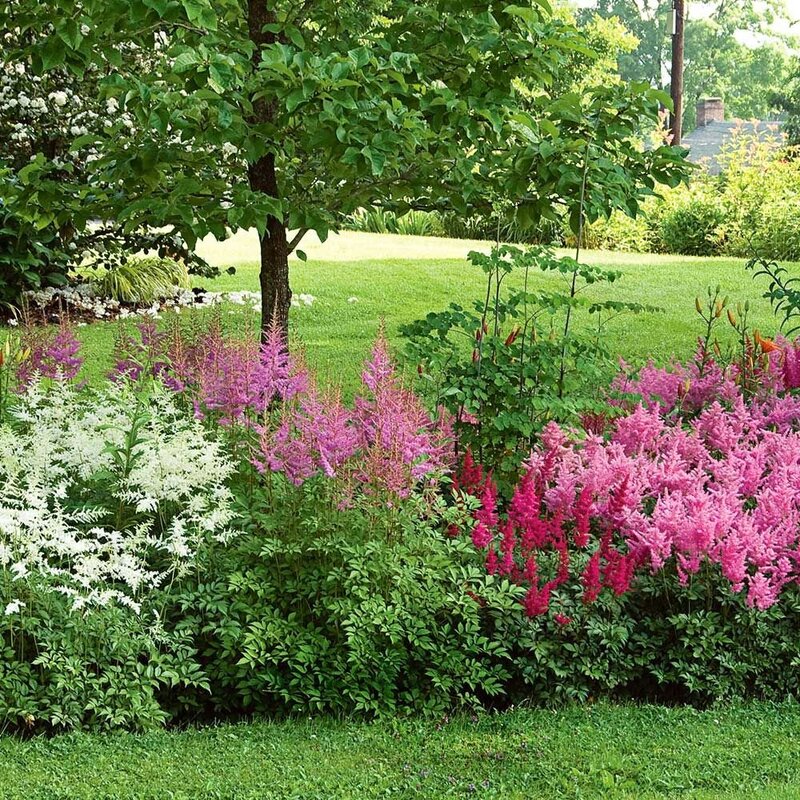
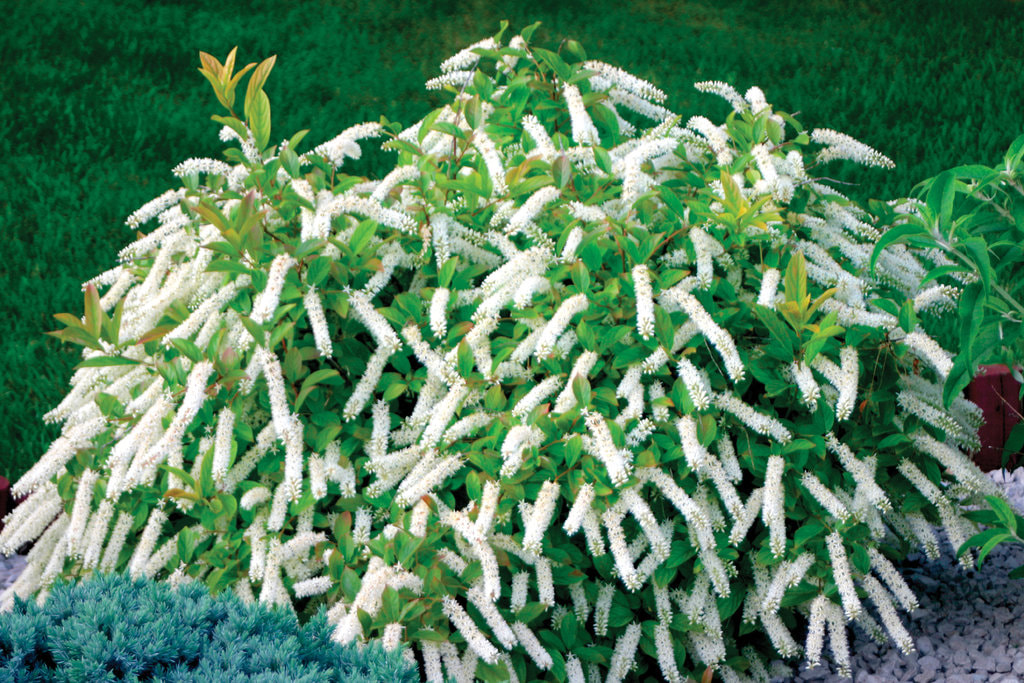
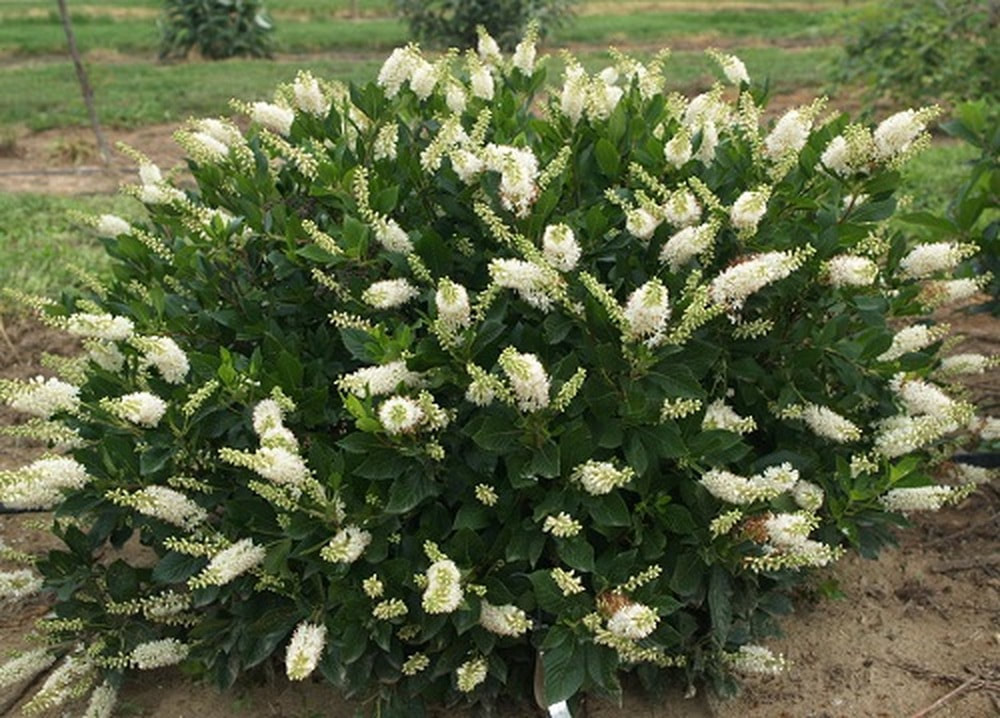
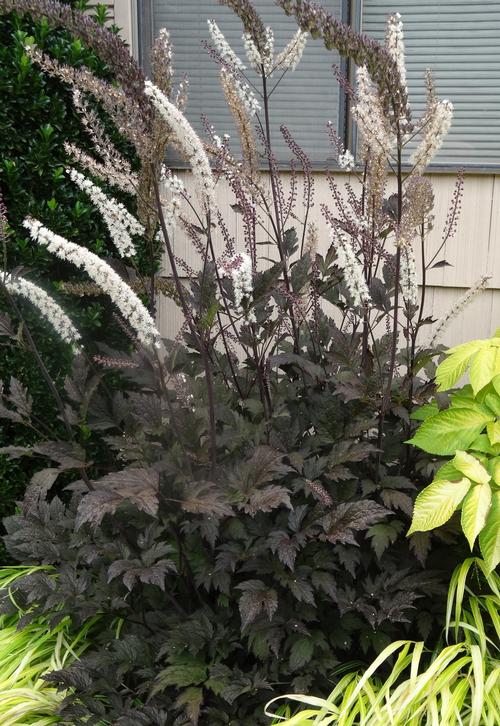


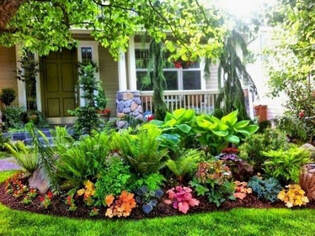

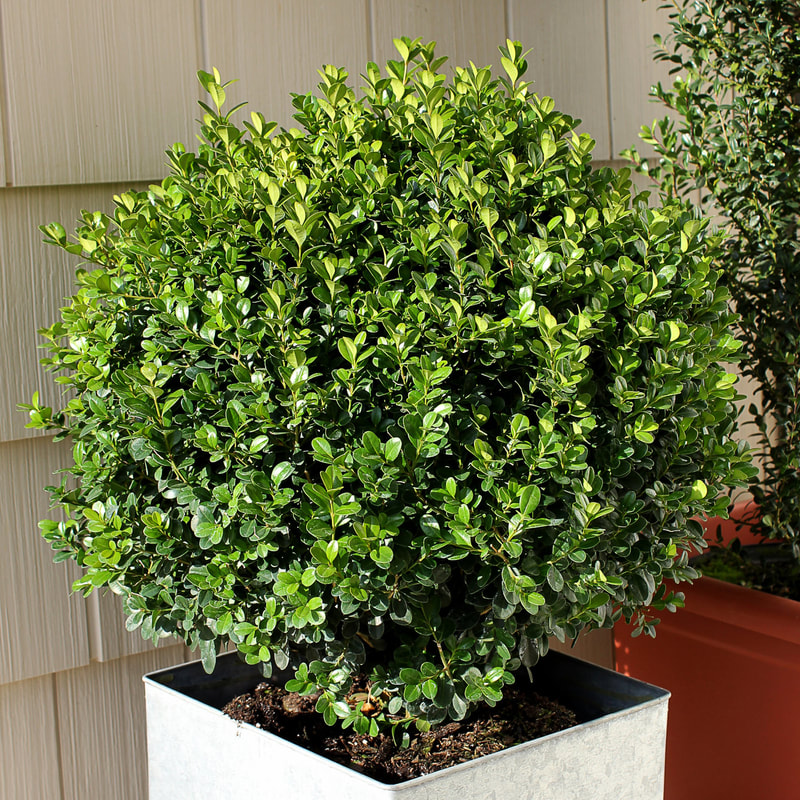

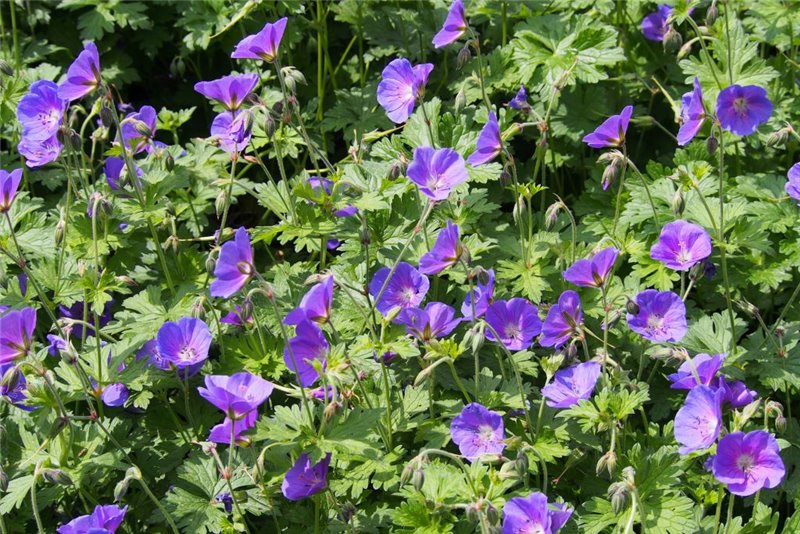
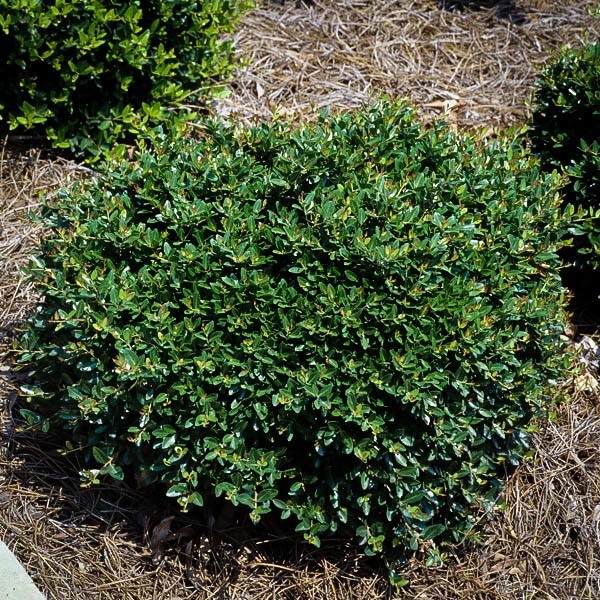
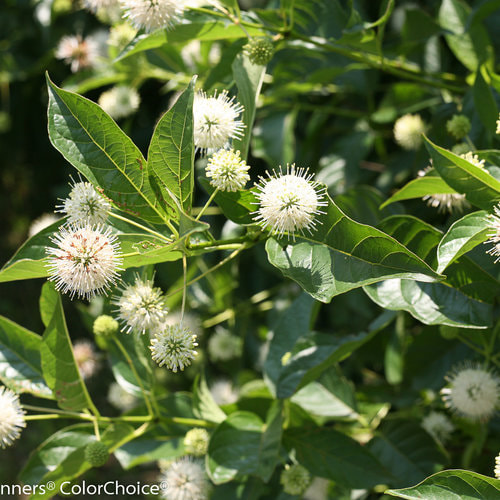
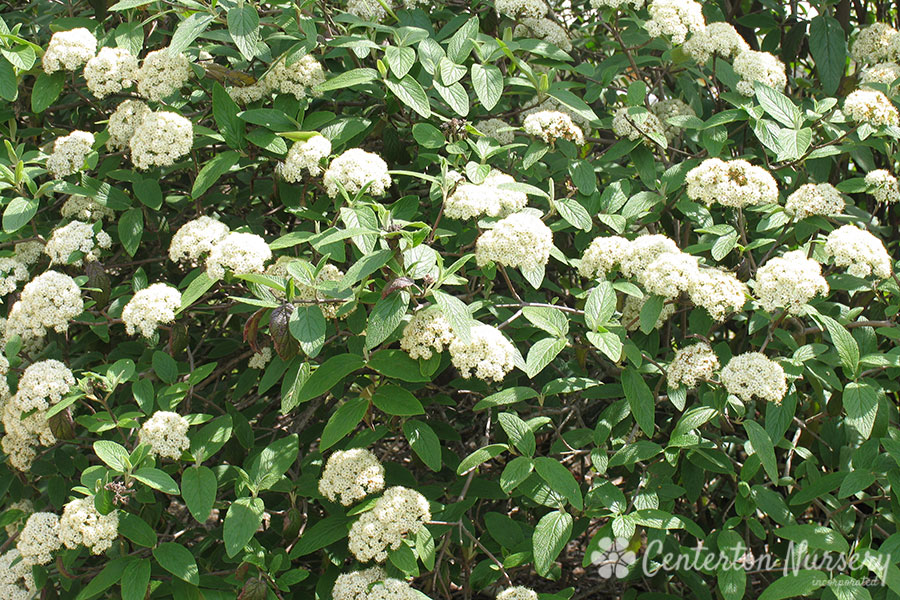
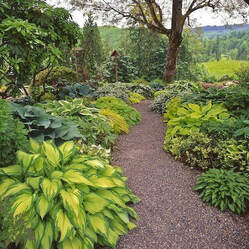
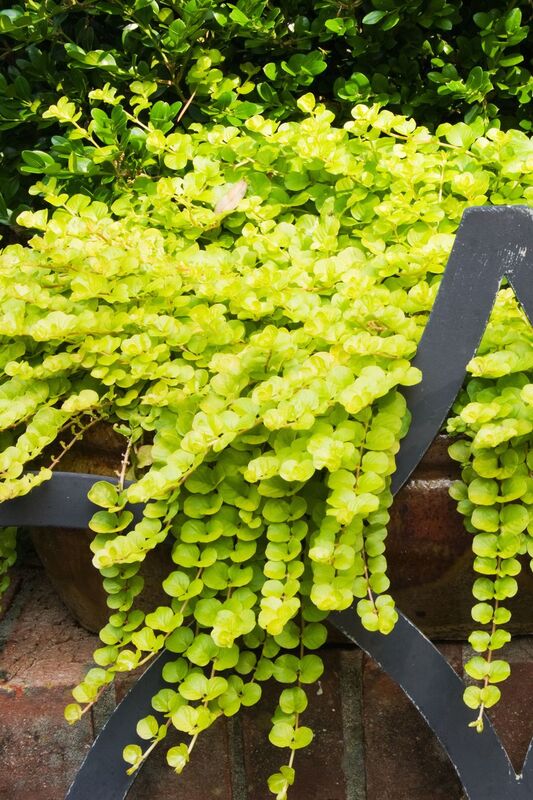






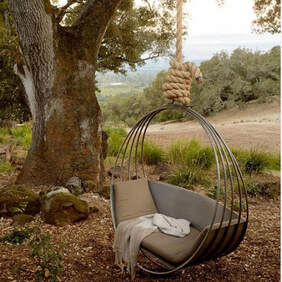
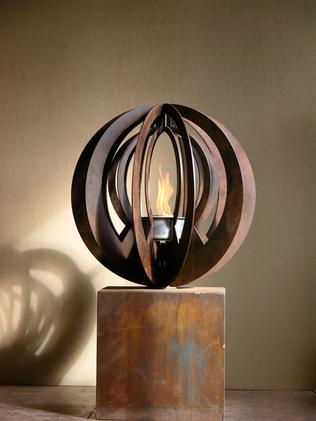
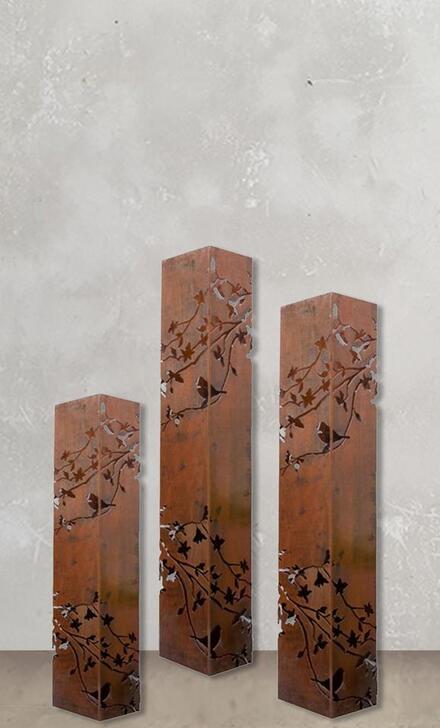
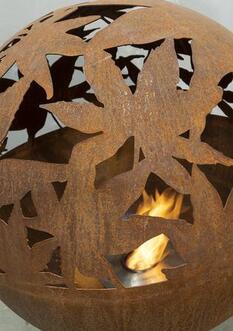
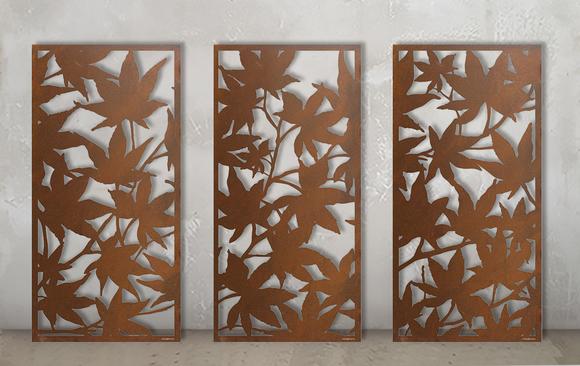
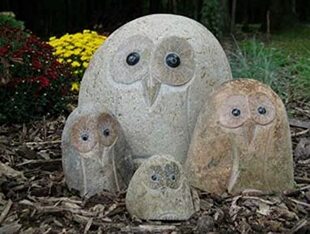
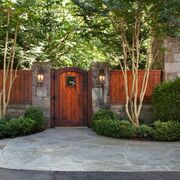
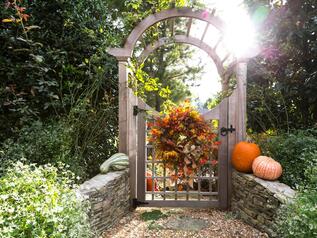
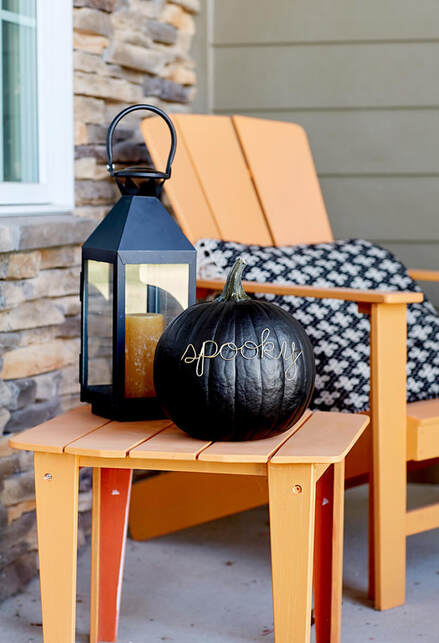

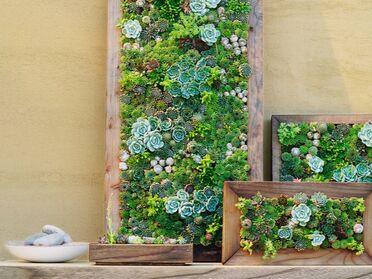
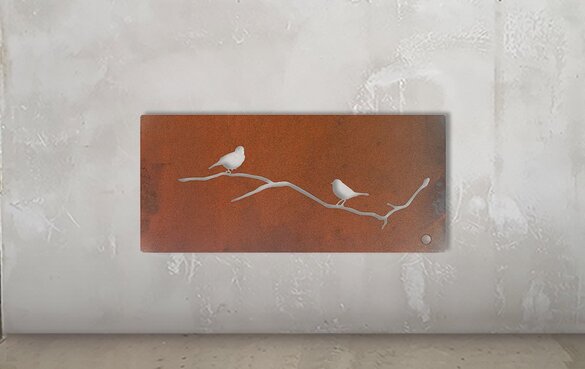

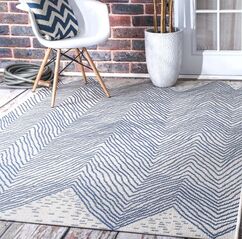
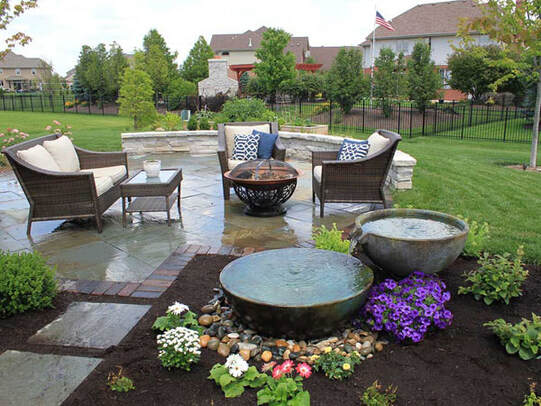
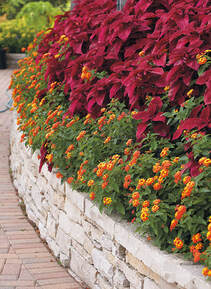
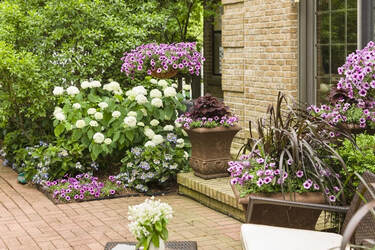
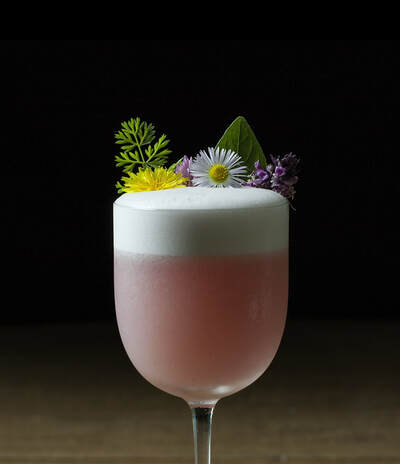

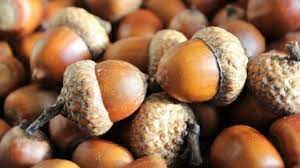
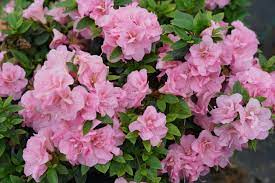
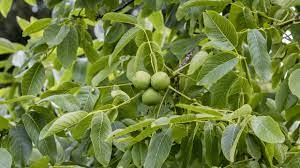
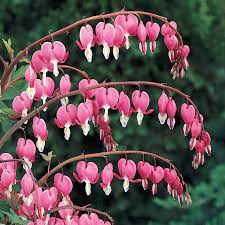
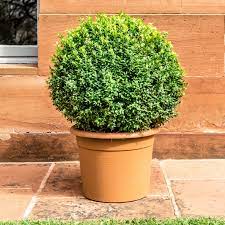
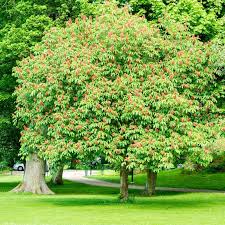
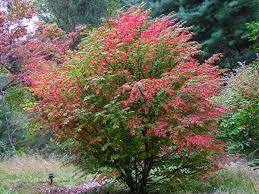
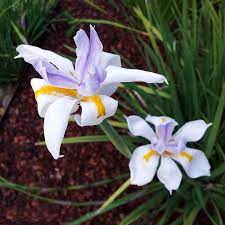
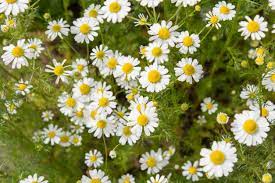
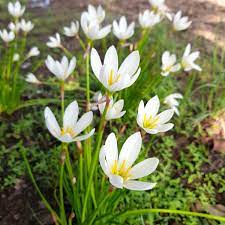
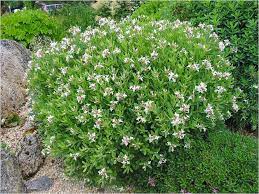
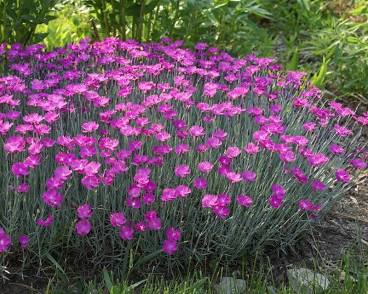
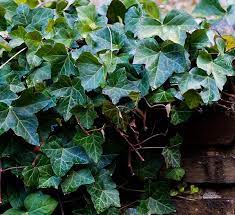
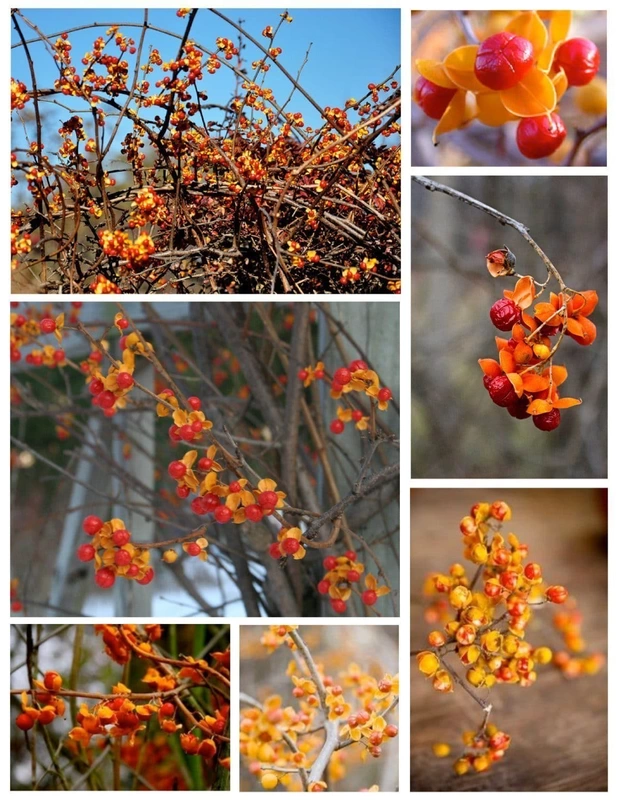
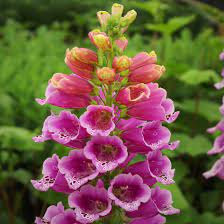
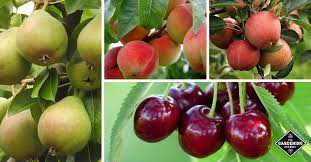
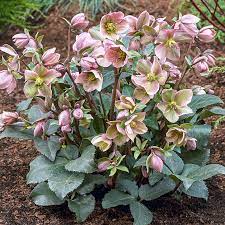
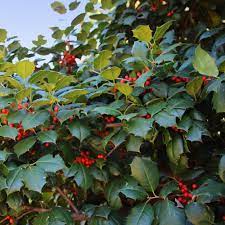
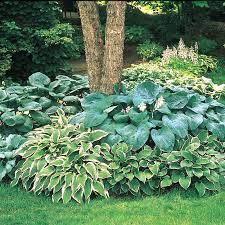
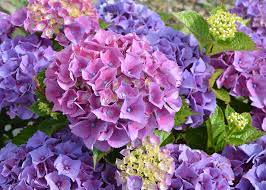

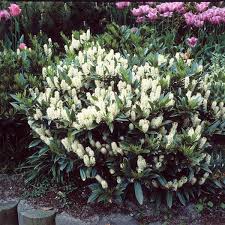

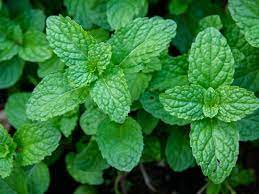
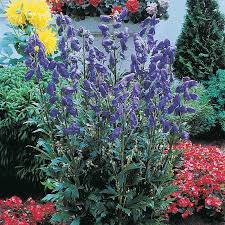
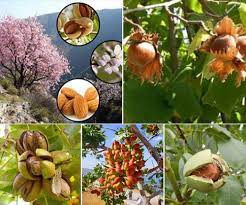
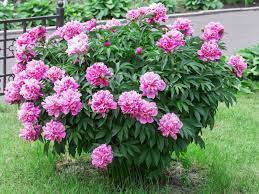
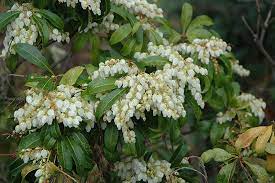
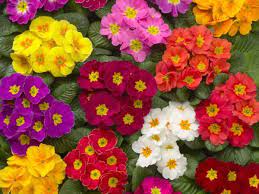
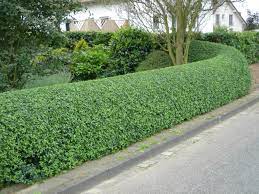
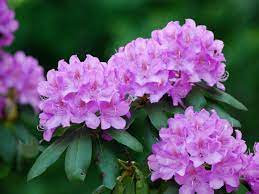
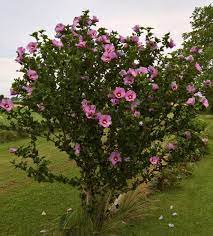
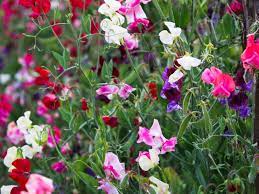
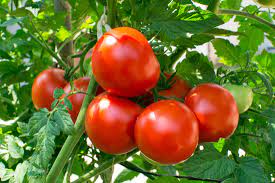
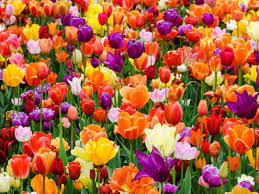
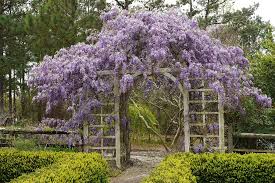
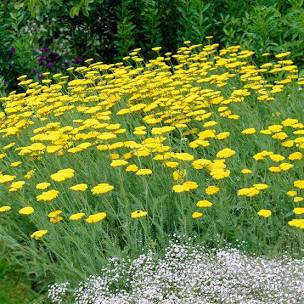
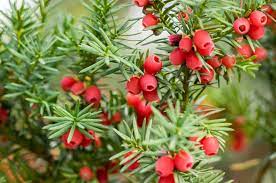
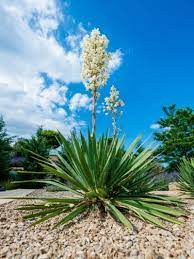


 RSS Feed
RSS Feed